Kathak Dance : A Major Traditional Classical Dance Form in India – Exploring Kathak’s Origin, History, Elements, Costumes, and its Connection to the Bhakti Movement / Cosmic Resonance: A Mesmerizing Kathak Dance Performance by Devaniya – Dakshin Gharana, Kathak Dance School (Updated)
– a dance form with intricate poses, expressions, grace, & precise rhythmic patterns
| CasualWalker’s Rating for Cosmic Resonance Kathak Dance Performance by Dakshin Gharana : | |

9.8 – Superb Awesome
|
Kathak is a significant classical dance form in India, alongside other major forms like Bharatanatyam, Kathakali, Kuchipudi, and Odissi. It is an ancient Indian classical dance that originated from wandering bards called Kathakars, who were storytellers.
Kathak which is known for its intricate poses, expressions, grace, and precise rhythmic patterns, Kathak involves skilled hand, eye, body movements, and footwork. This classical dance is performed by both males and females.
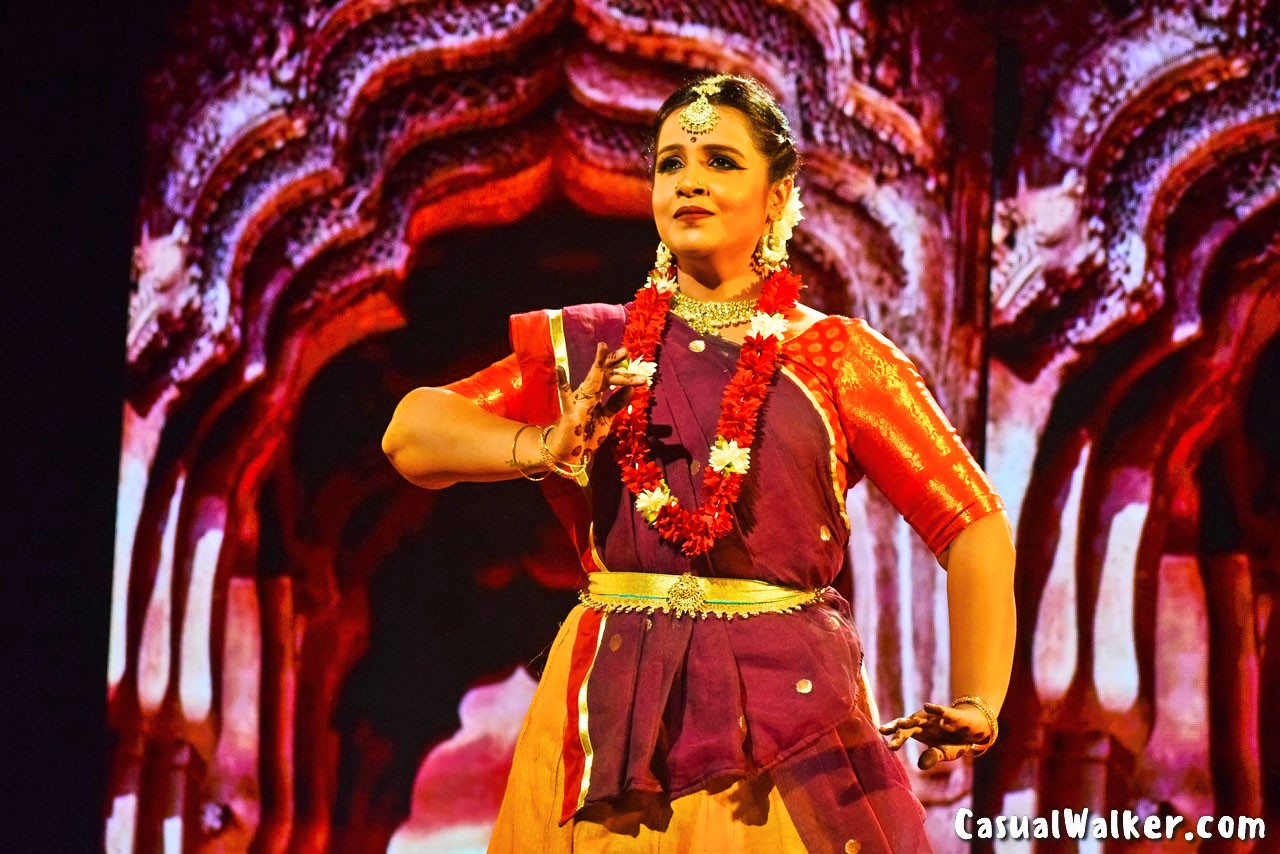
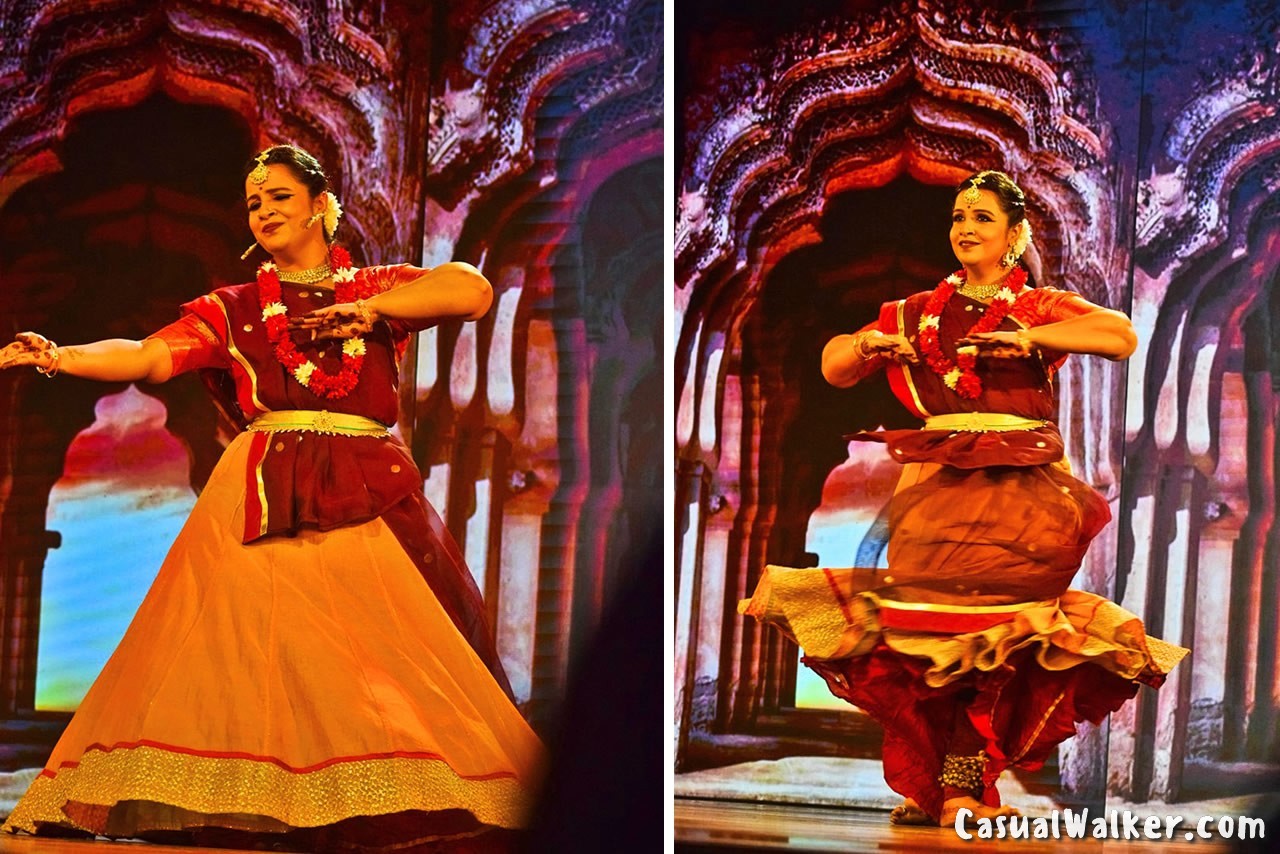
Cosmic Resonance: A Mesmerizing Kathak Dance Performance by Dakshin Gharana
Cosmic Resonance is a captivating Kathak dance performance by Devaniya, – Founder School, Dakshin Gharana of Kathak in Chennai. This renowned Kathak dance school, led by Jigyasa Giri, presented a delightful show that celebrates the ultimate source, the Mother, Jagat Janani – the Goddess Durga. The performance is a beautiful kaleidoscope of Kathak sequences, showcasing the artistry and grace of this traditional dance form.
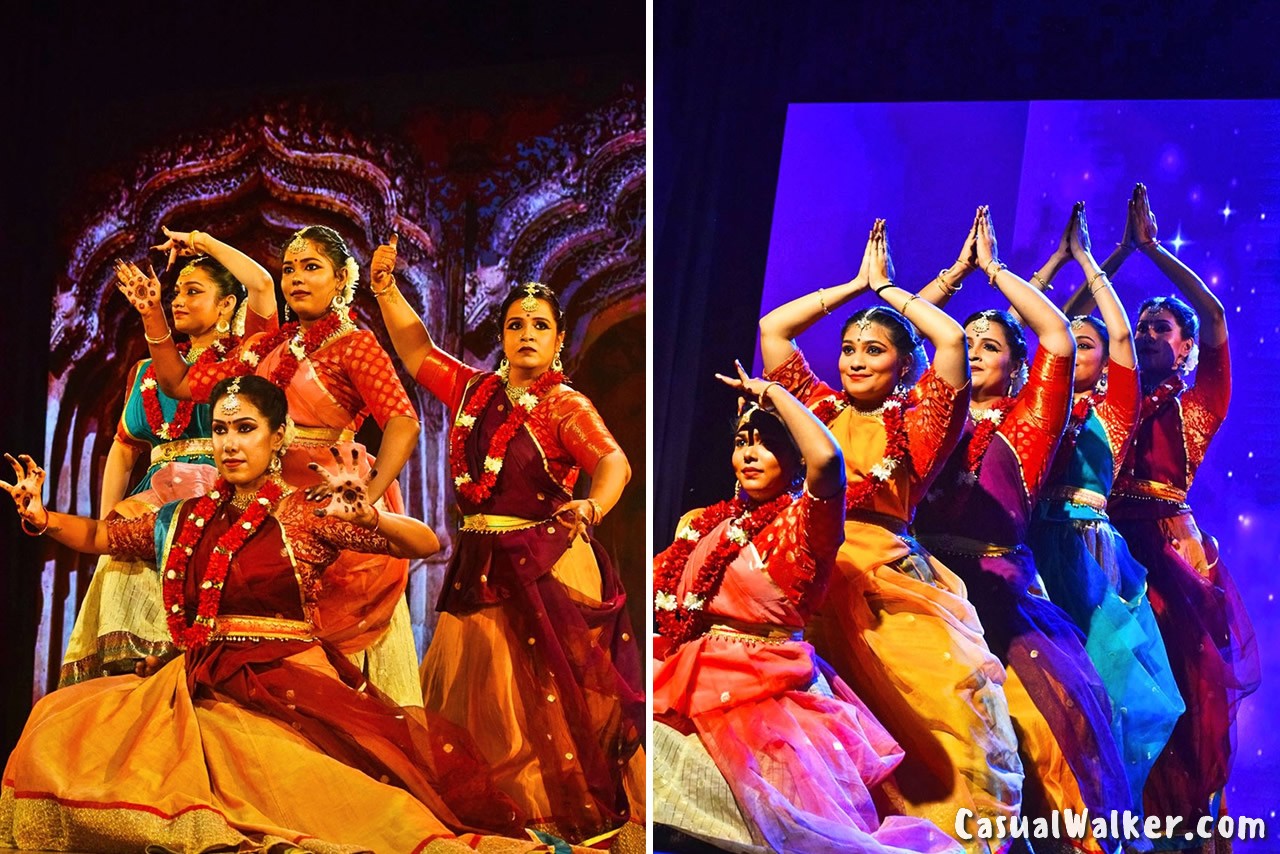
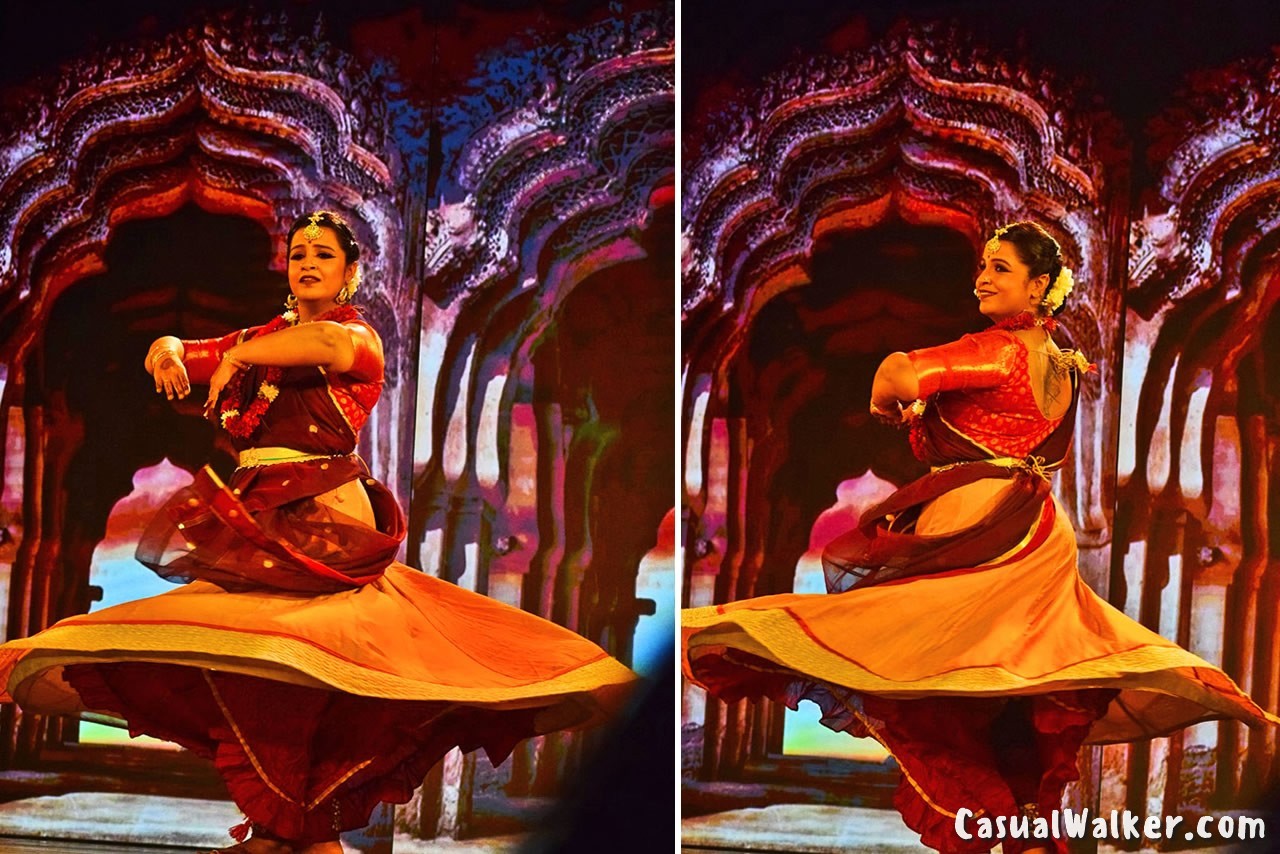
Kathak Dance: A Comprehensive Overview
Kathak, a classical dance form originating from Uttar Pradesh, holds a special place as one of India’s classical dances, enriched with traditional and cultural heritage. The technical and aesthetic aspects associated with Kathak have been passed down through generations as an oral tradition.
The term “Kathak” is derived from the Vedic Sanskrit word ‘Katha,’ meaning “story,” and ‘Kathakar,’ meaning “the one who tells a story.” Wandering Kathakars, or traveling bards, conveyed tales inspired by ancient epics and mythologies through a combination of dance, songs, and music.
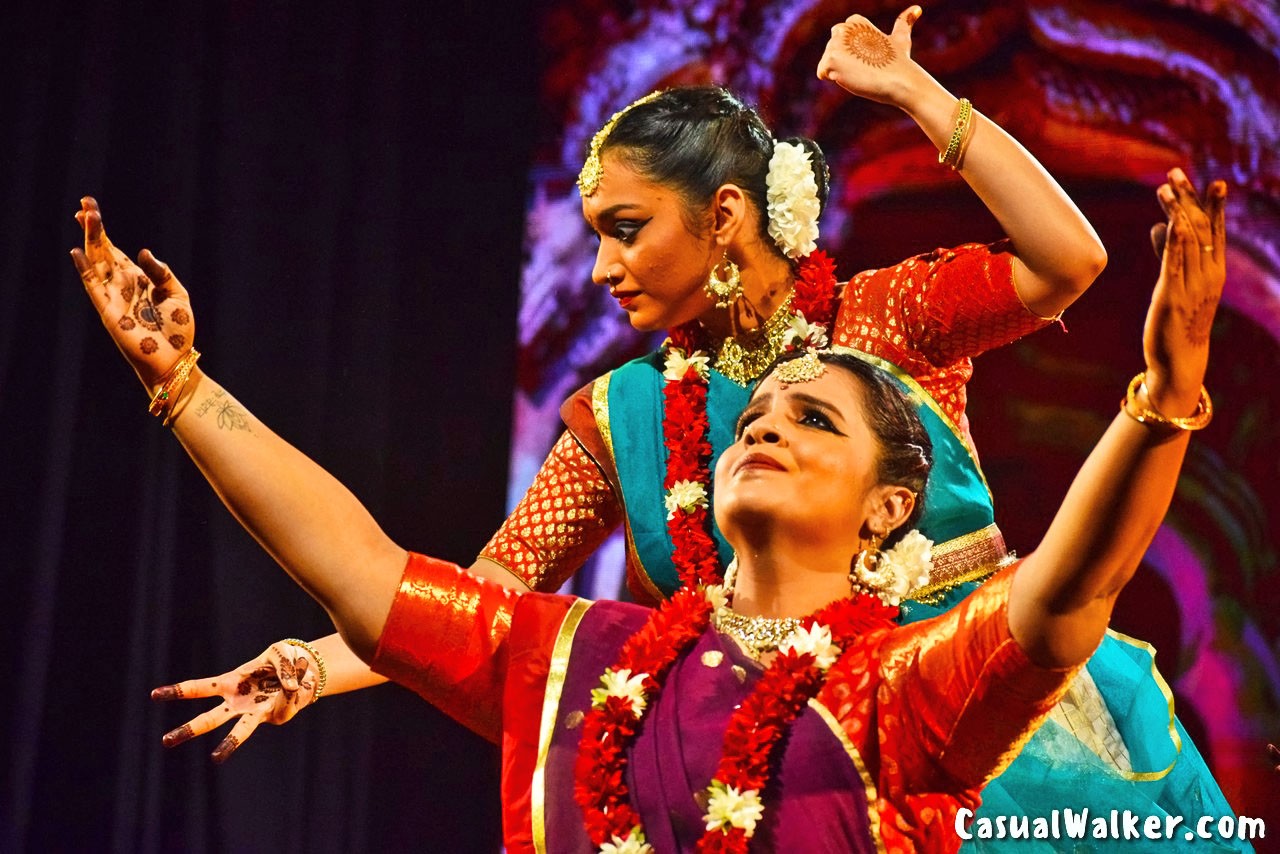
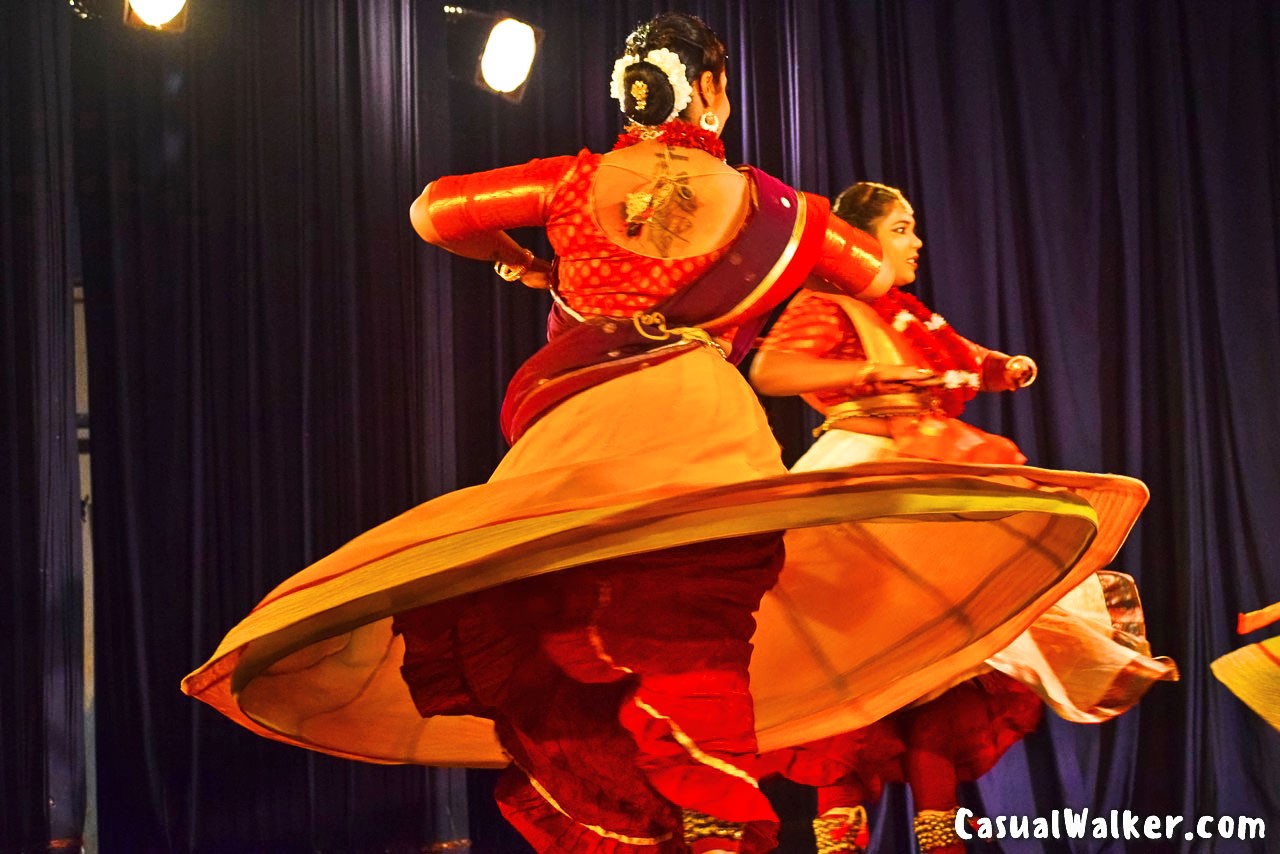
Kathakars tell stories through rhythmic foot movements, hand gestures, facial expressions, and eye work. Kathak dance performances often depict stories centered around the Hindu deity Krishna and his childhood. There are three main schools, or Gharanas, of Kathak, each with its unique emphasis—Jaipur Gharana, Benaras Gharana, and Lucknow Gharana. These Gharanas differ in their focus on footwork versus acting, with each being particularly renowned in its own right.
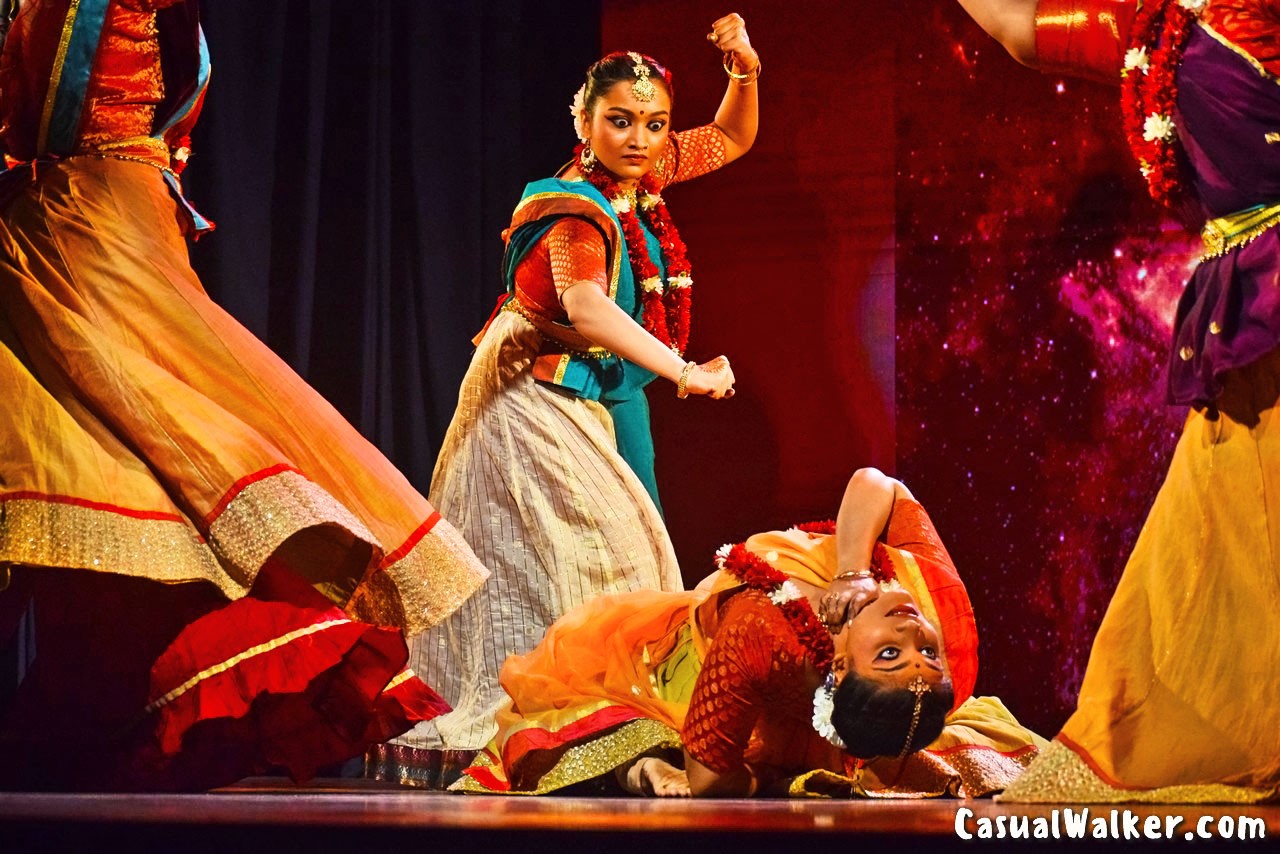
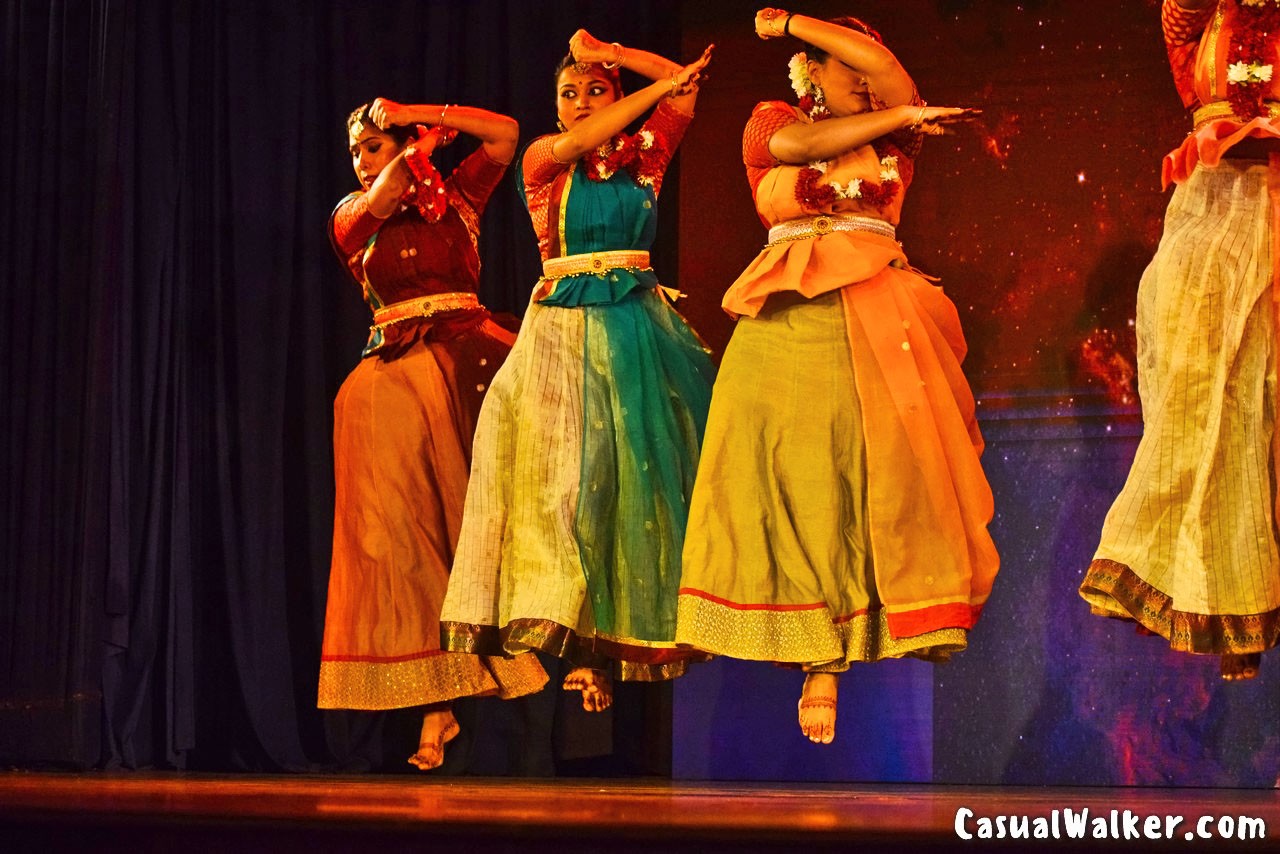
History of Kathak Dance: Origins and Evolution
The roots of Kathak can be traced back to the Natya Shastra, an ancient Sanskrit text written by Bharata Muni. Kathak has historical origins dating back to the 4th century BC, evident in the engravings of Kathak dancers on ancient temple scripts and sculptures. Kathak performances often revolve around Hindu deities like Krishna, Shiva, or Devi, with stories sourced from texts such as the Bhagavata Purana and the Indian Epics.
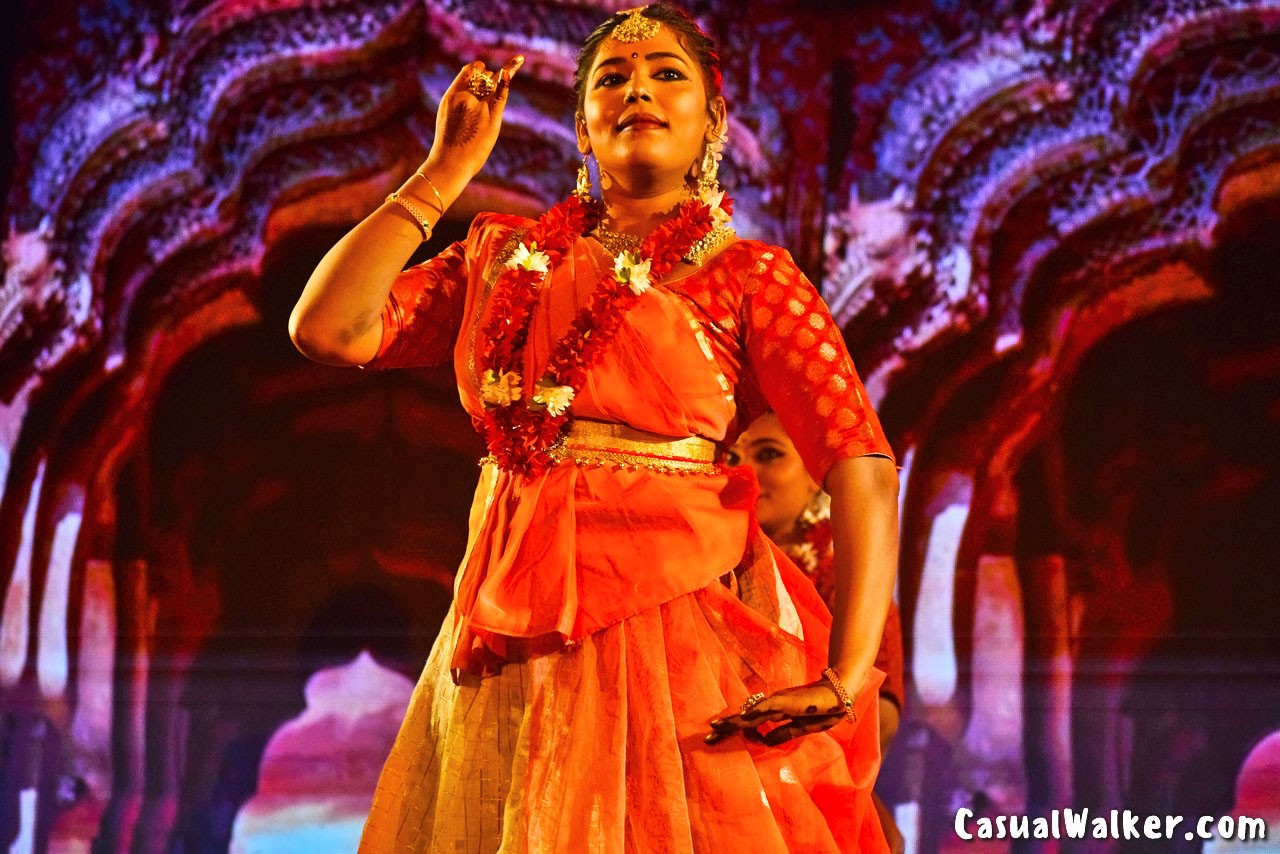
Kathak dance is said to have originated primarily in Uttar Pradesh (U.P). The term “Kathak” is derived from the word “Katha,” meaning story. Throughout the entire dance, performers narrate stories using their eyes and expressions.
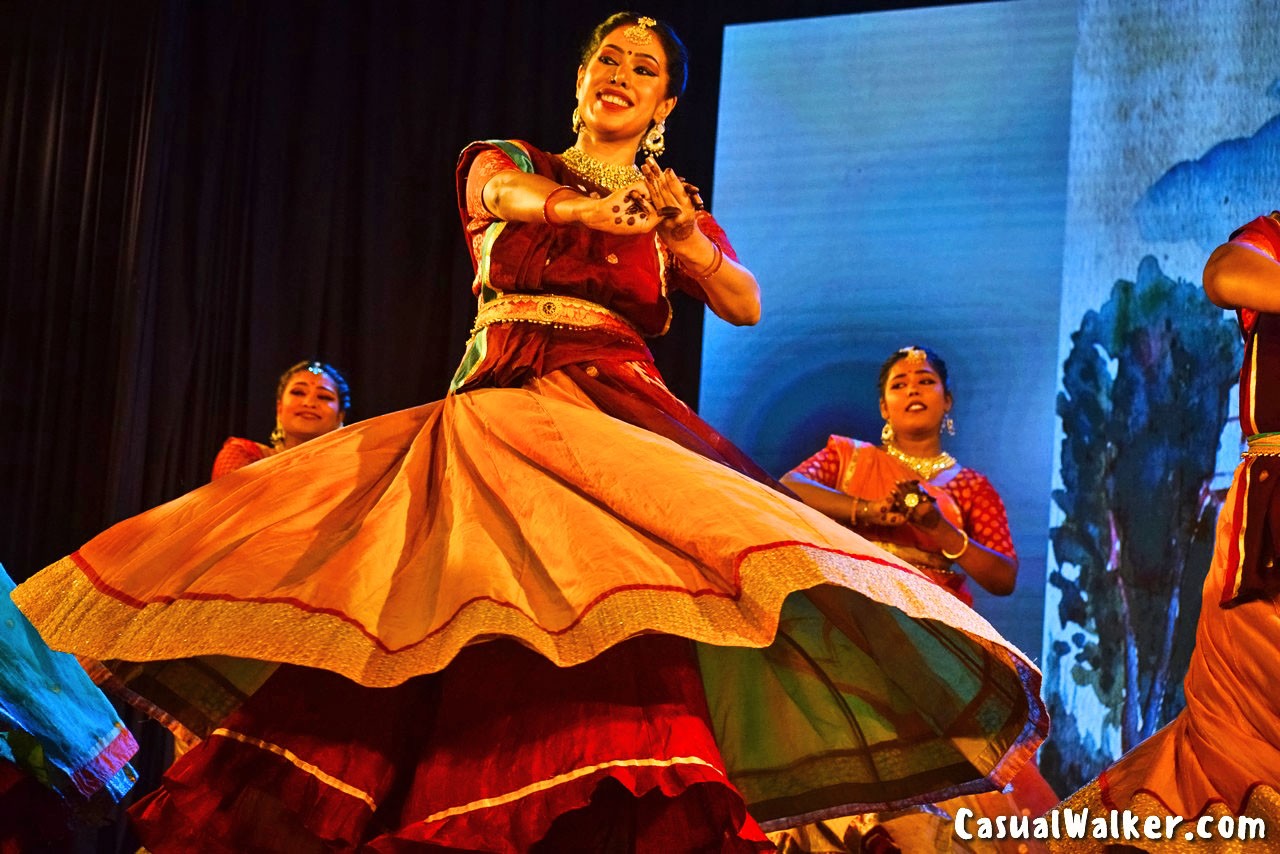
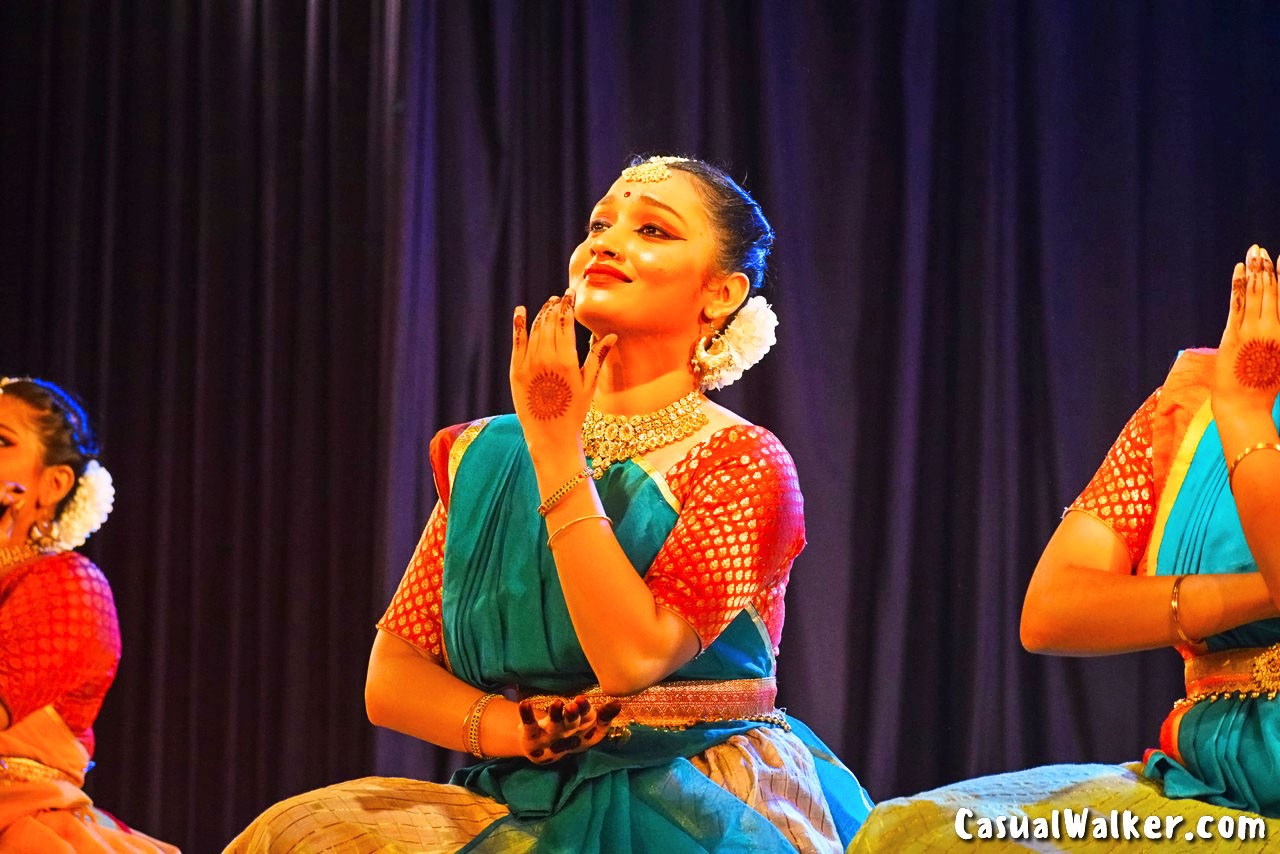
Key Components of a Kathak Dance Performance: Unveiling the Three Main Segments
Invocation
This is where the artist offers prayers or salutations to their guru and to God. In Hindu performances, the artist employs mudras (hand gestures) for this purpose.
Elements of Kathak:
1. Nritta: This focuses on the technical aspects of the performance, where the dancer emphasizes speed, pattern, form, range, and rhythm without introducing interpretive elements. It begins with slow and graceful movements of the neck, wrists, and eyebrows.
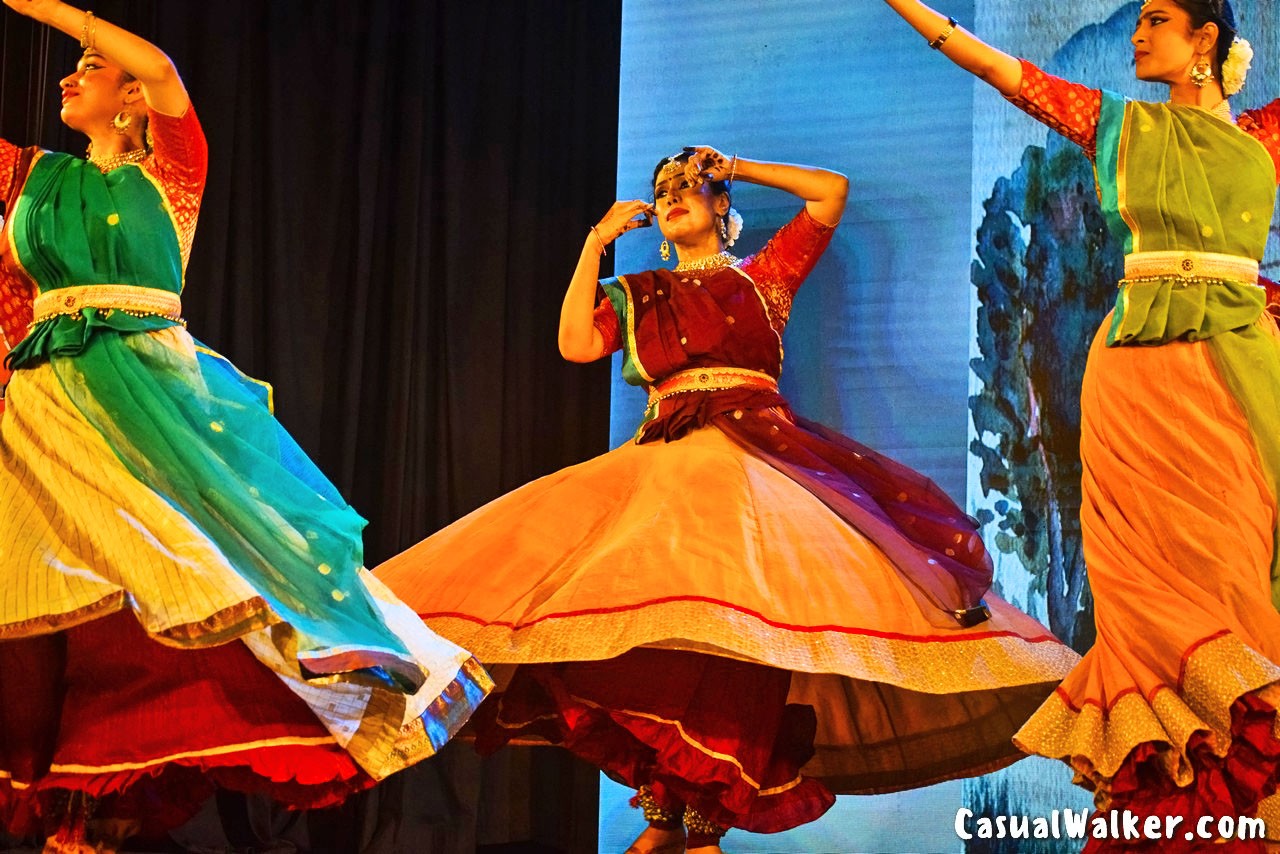
2. Nritya: In this aspect of the dance, the dancer presents a story or theme, expressing feelings and gestures. To convey Nritya, body movements and gestures are typically slower and synchronized with the musical notes.
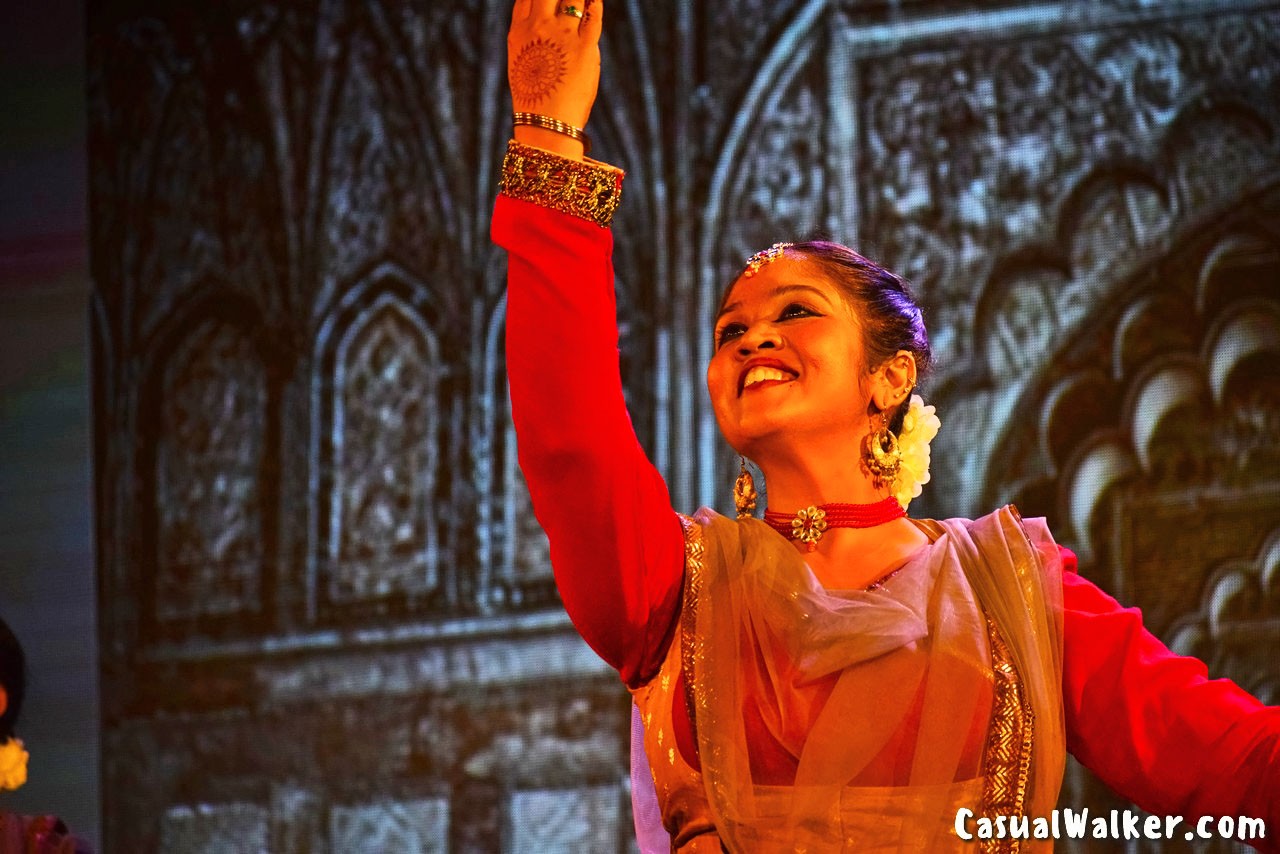
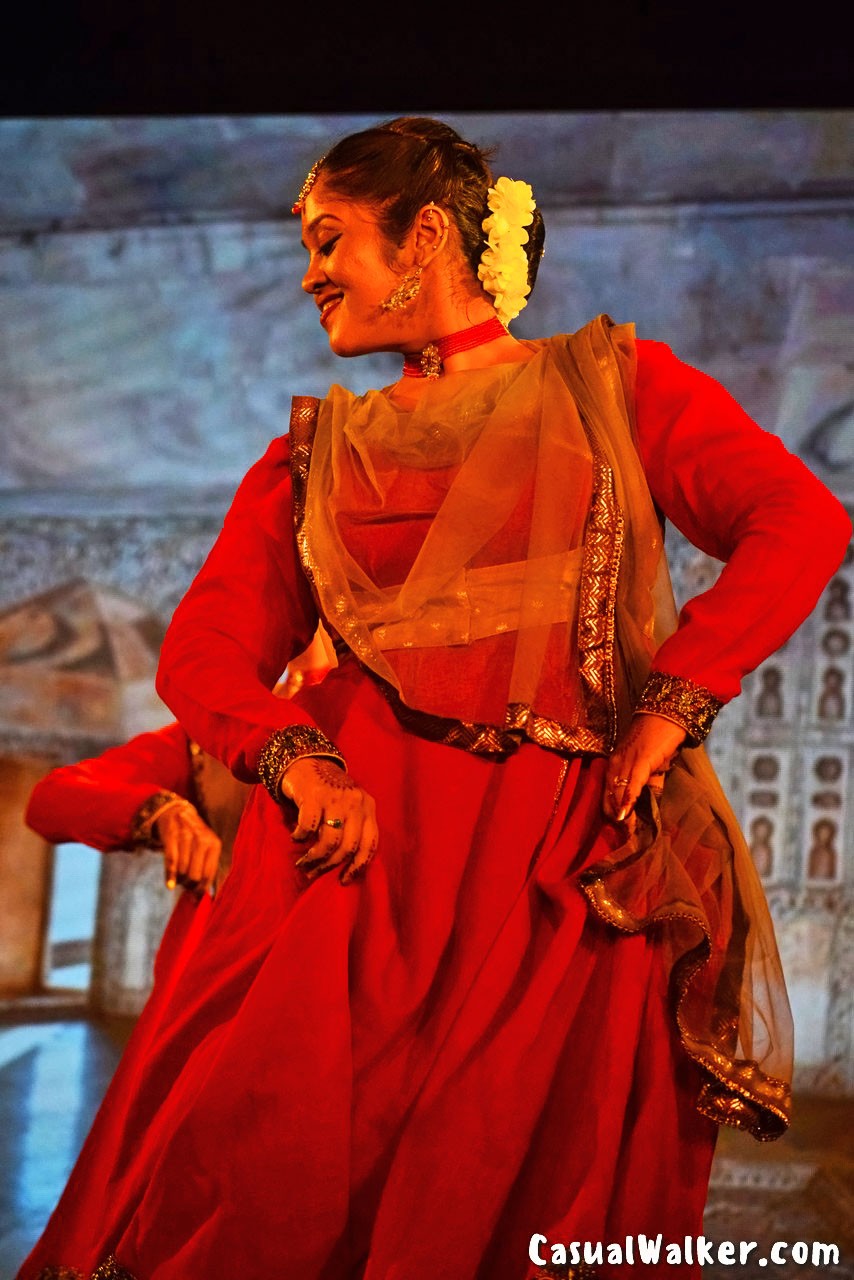
3. Natya: This is conveyed by the dancers maintaining specific body movements for particular characters, communicated through interpretive dance.
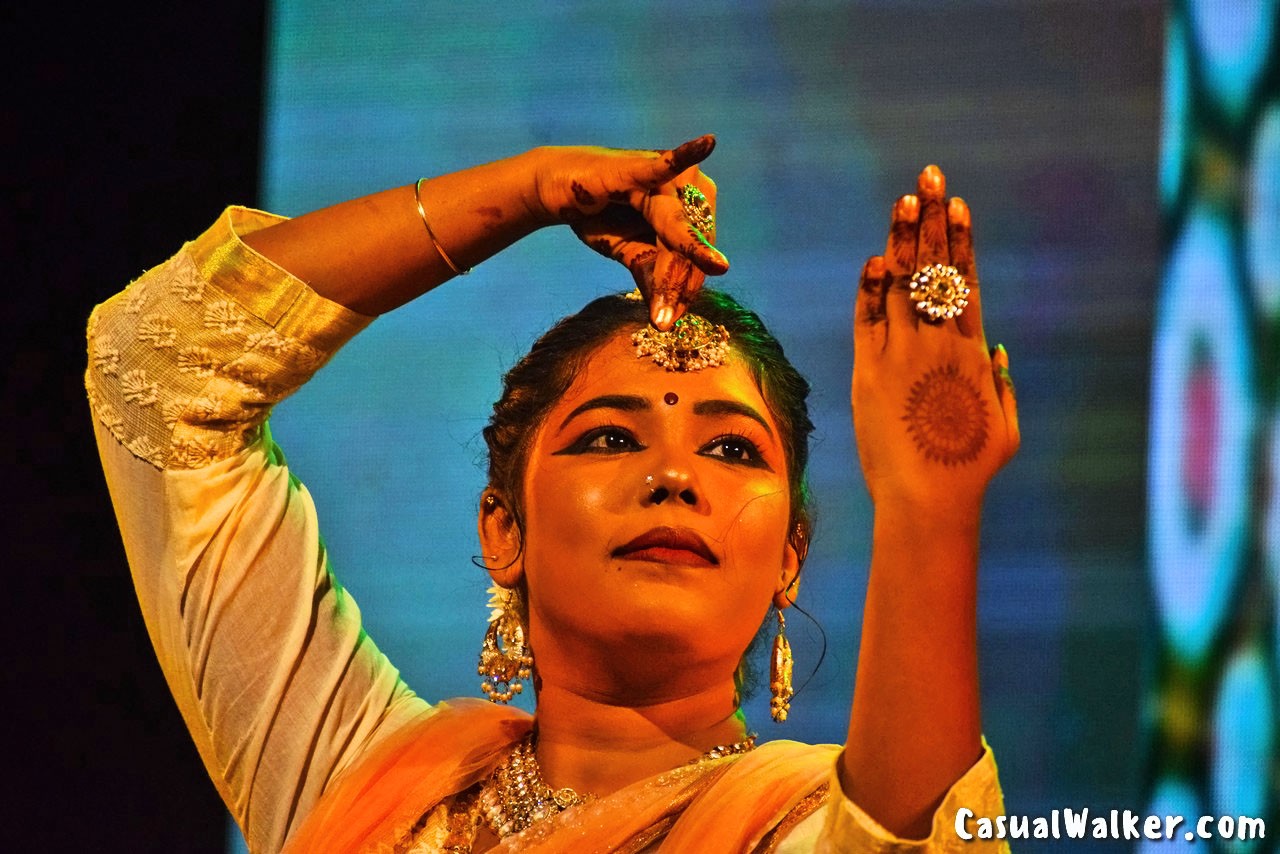
Kathak Dance and the Bhakti Movement: The Spiritual Connection
Kathak originated as an expression of devotion to Lord Krishna. Studies suggest that Kathak originated in Varanasi and then traveled through Lucknow, Jaipur, and other parts of North and Northwest India.
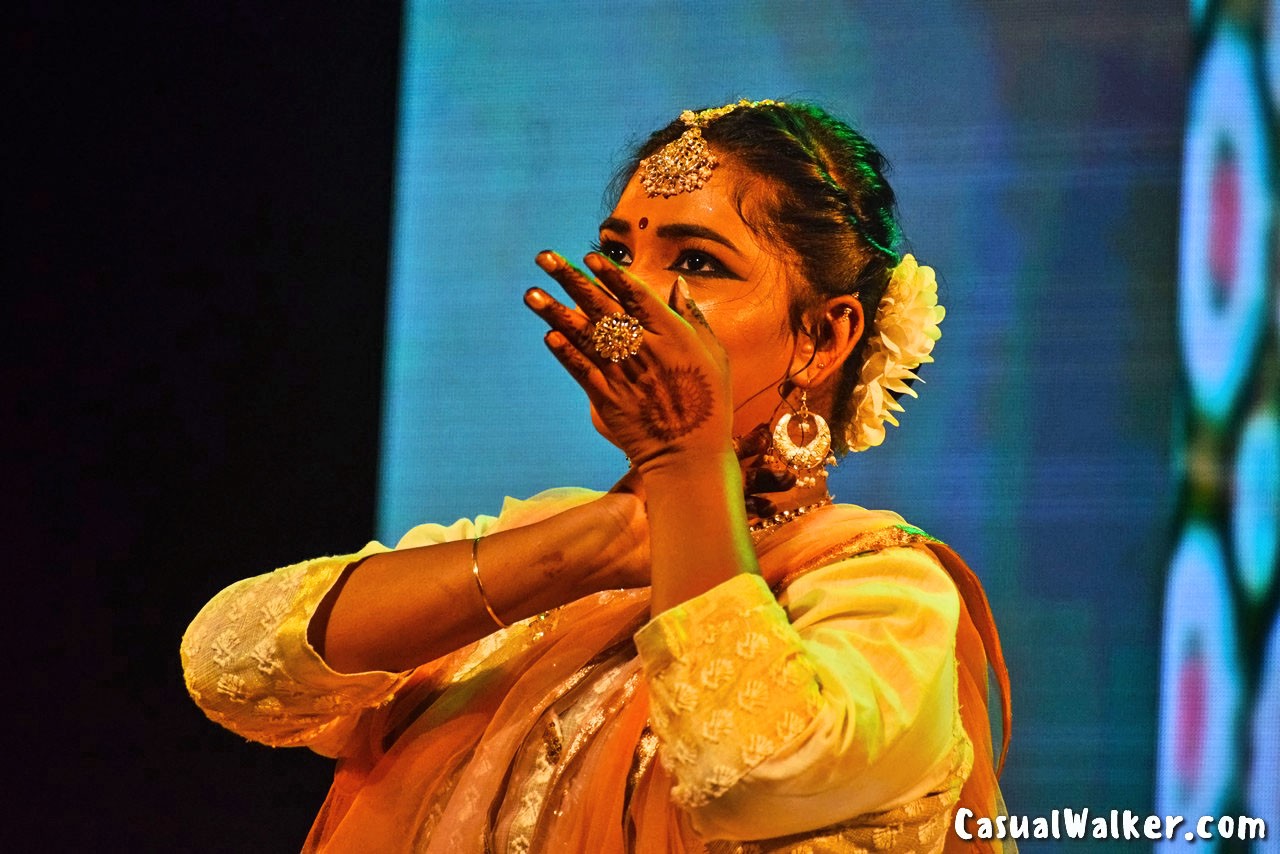
The Lucknow tradition of Kathak holds that Lord Krishna appeared in the dream of his devotee, named Ishwari. In her dream, he instructed her to develop dance as a form of worship. Ishwari, following these divine instructions, developed Kathak as a dance form. Through her descendants, the learning and development were preserved, giving rise to the Lucknow Gharana of Kathak.
During the Bhakti movement era, Kathak focused on themes depicting the immortal love between Radha, Krishna, and the Gopis.
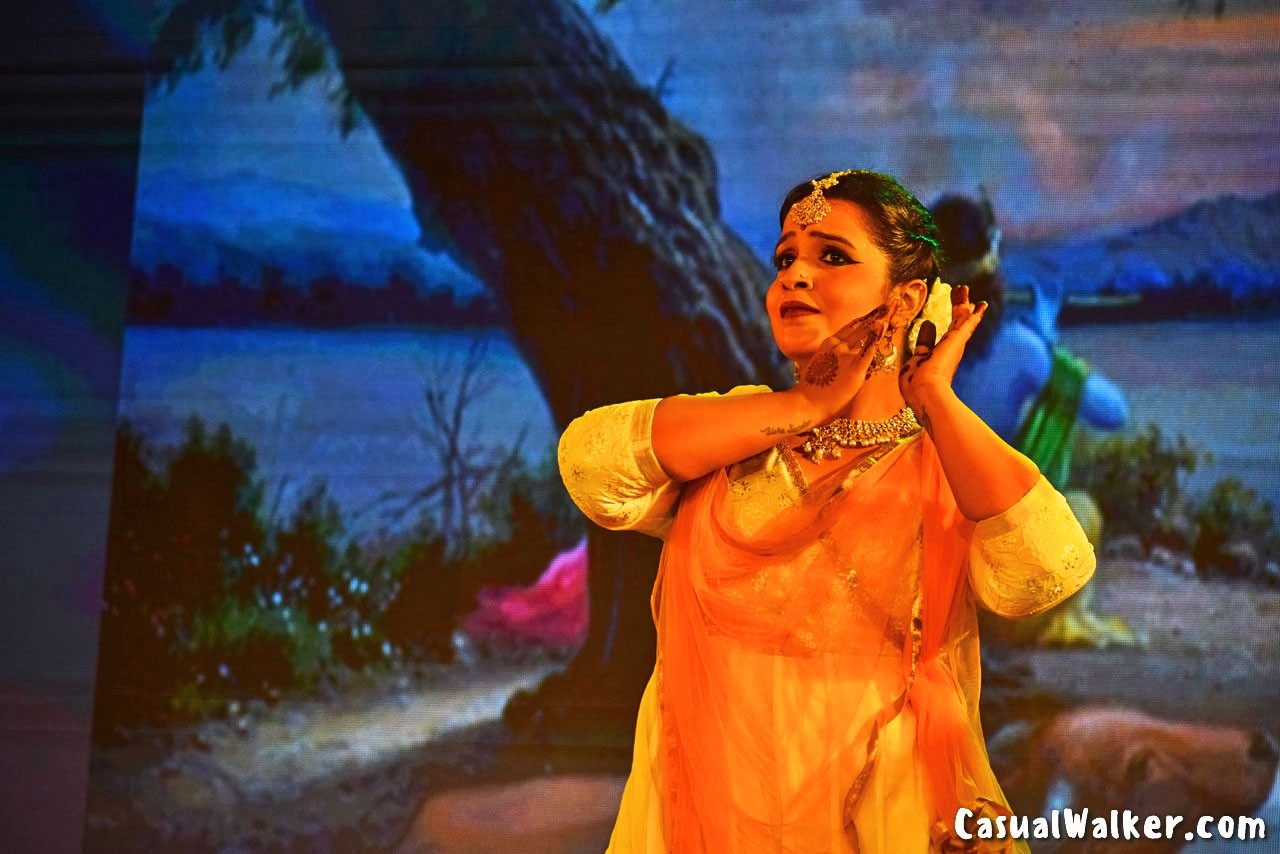
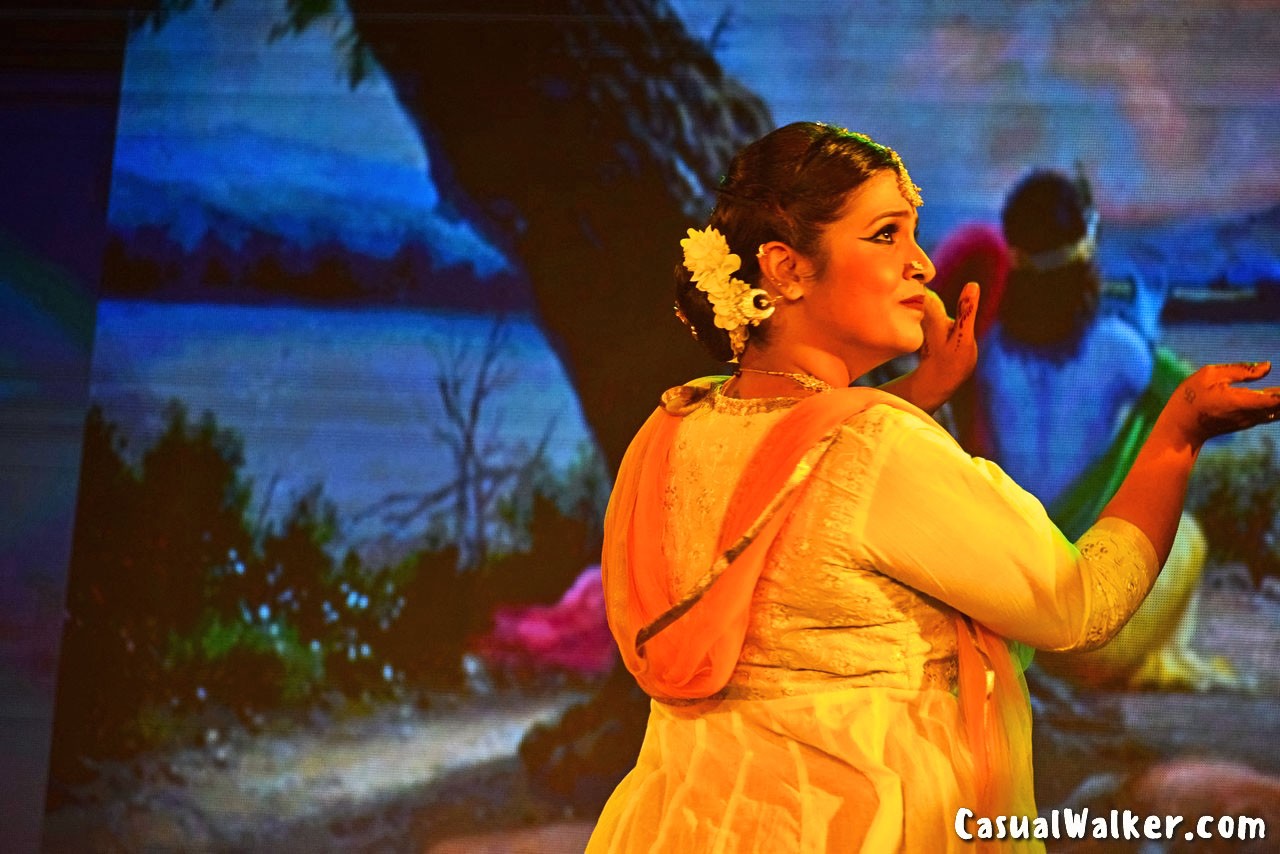
Kathak Dance Music and Instruments
A Kathak performance may involve up to twelve traditional instruments, depending on the desired impact and depth of a specific presentation. The most frequently used instruments that enhance a Kathak performance include the Tabla, which synchronizes with the rhythmic footwork of the performer, and the Harmonium or Sarangi accompanied by Manjira, which measures the tala or the rhythmic cycle.
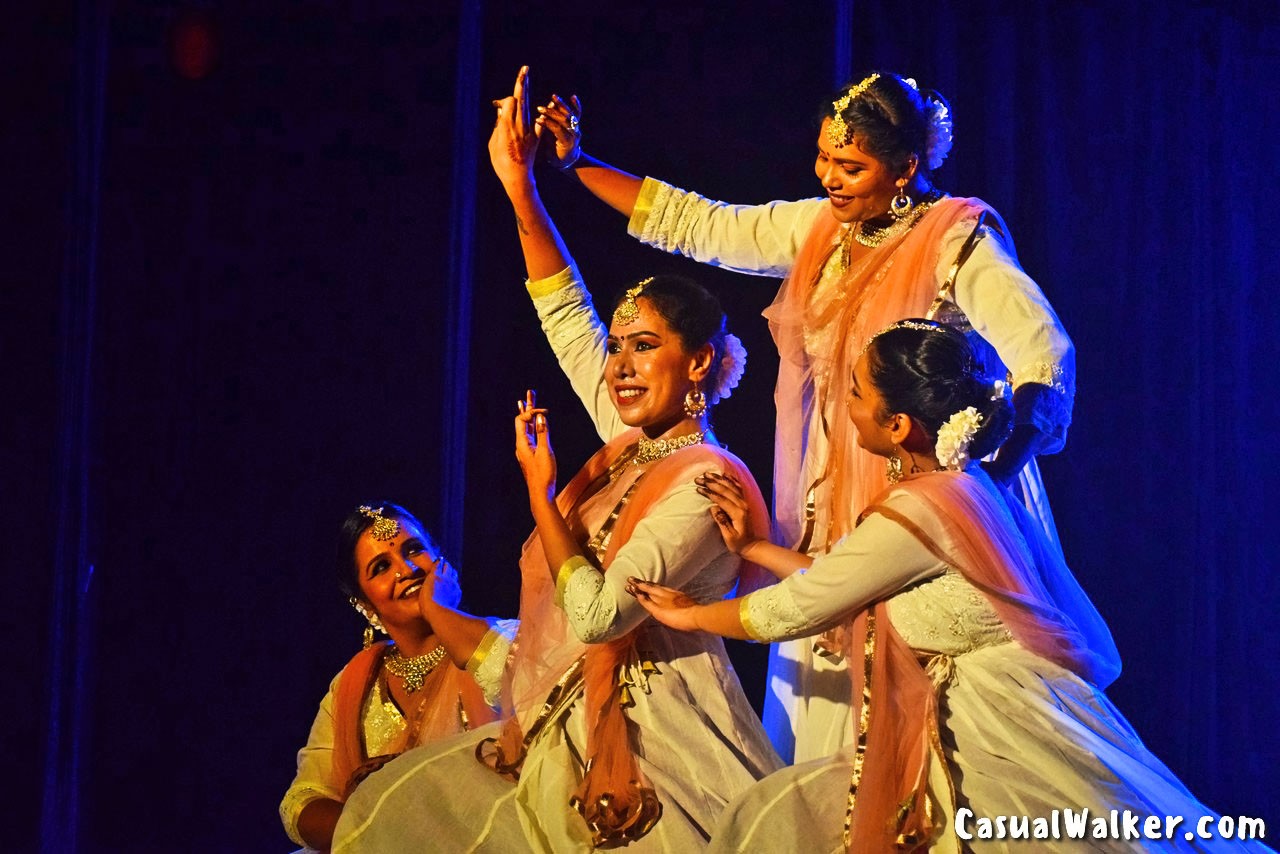
Additionally, there are many other instruments that can enhance, add effects, and provide depth to a Kathak performance. Dhrupad, an ancient music genre of India, is commonly employed to enhance the stage performance of Kathak.
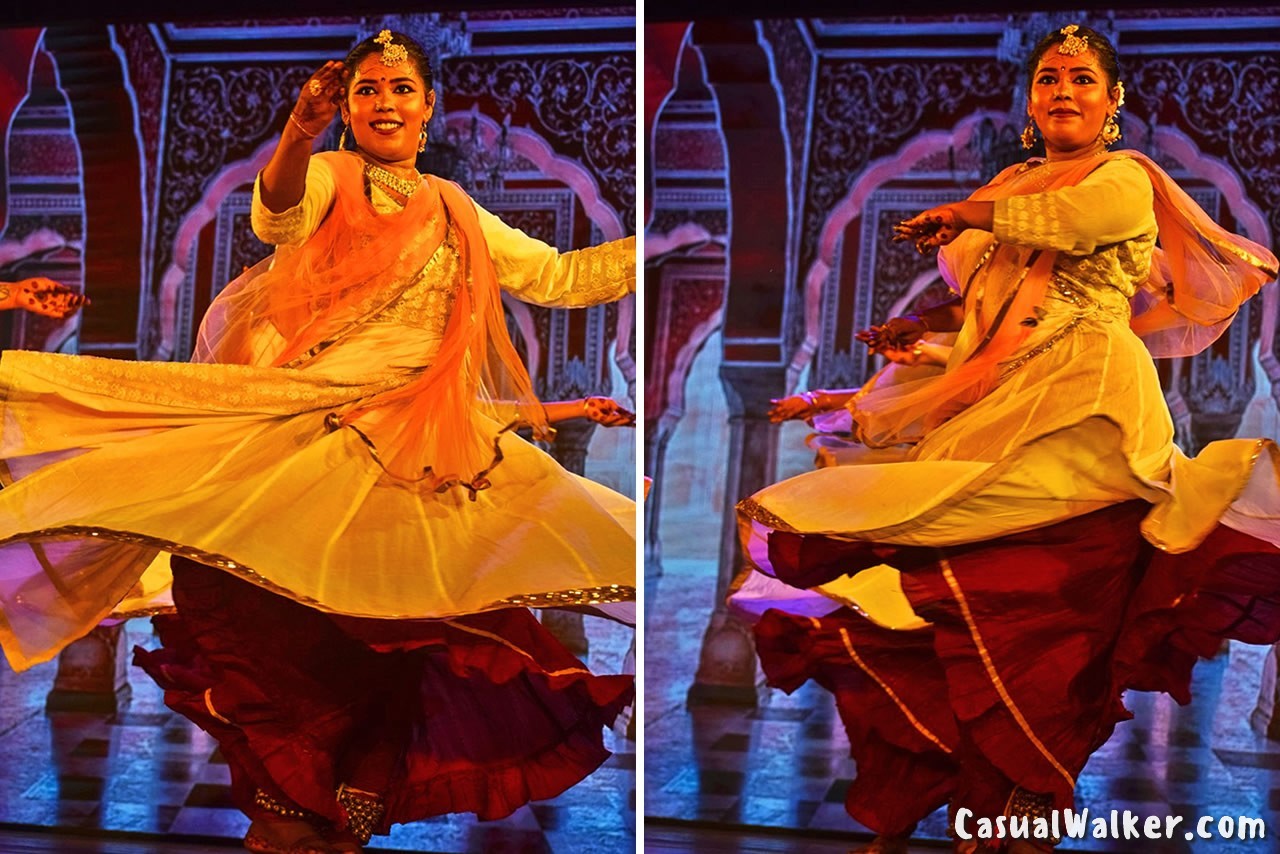
Kathak Dance Costumes Unveiled
The costume for female Kathak dancers comes in two variations. One is based on a Sari but is worn differently from the usual style that goes over the left shoulder. In this style, a Kathak artist wraps the sari around the waist, letting it hang down from the left. The upper body is covered by a blouse known as a choli, and in some cases, the artist may also wear a scarf called Orhni. The artist may adorn themselves with gold jewelry on the hair, face, ears, neck, hands, wrists, and ankles. A tika or bindi in the middle of the forehead is a common accessory.
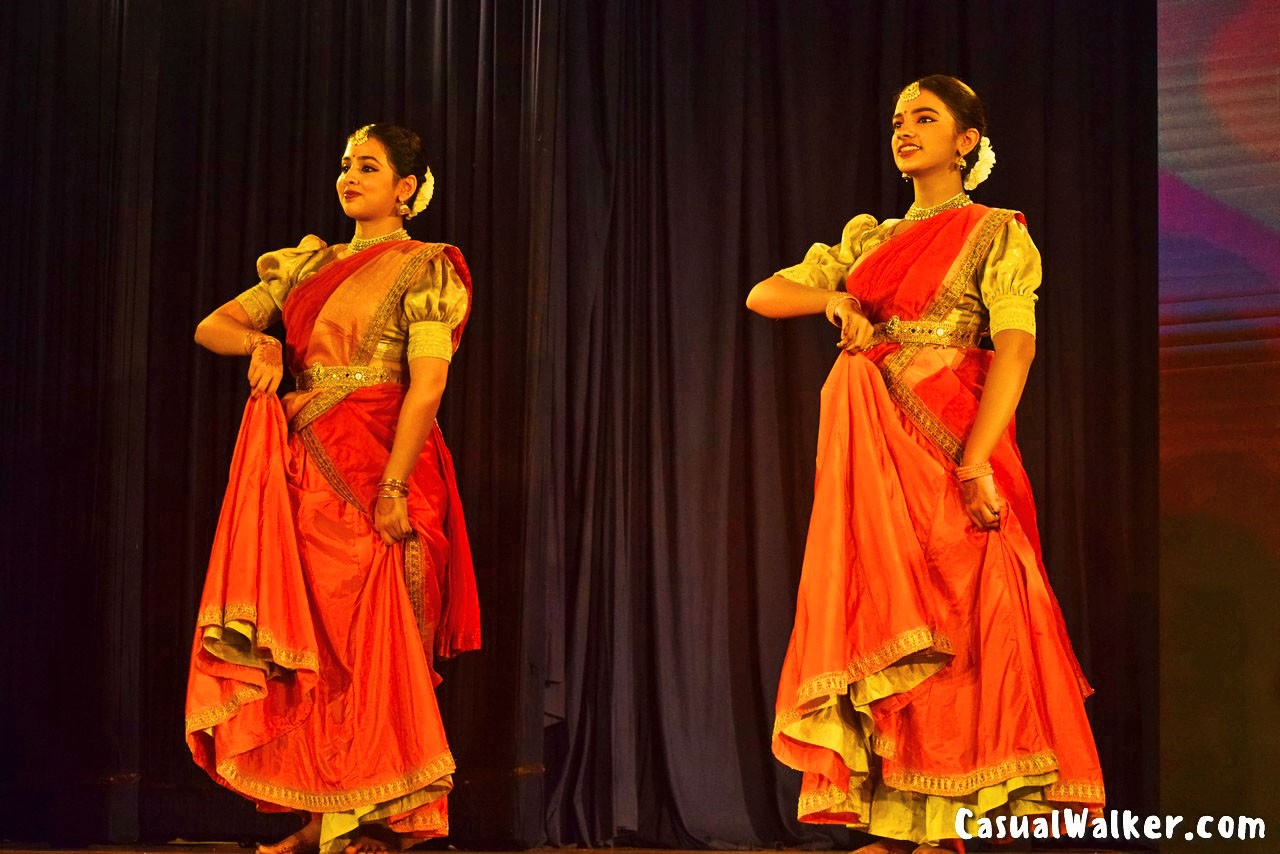
The second variation for Hindu Kathak dancers involves a long, lightweight skirt, usually with an embroidered border that accentuates the dance moves. This skirt is paired with a contrasting color choli, and a transparent scarf typically drapes over it and the dancer’s head. Jewelry is a common feature in this second variation as well.
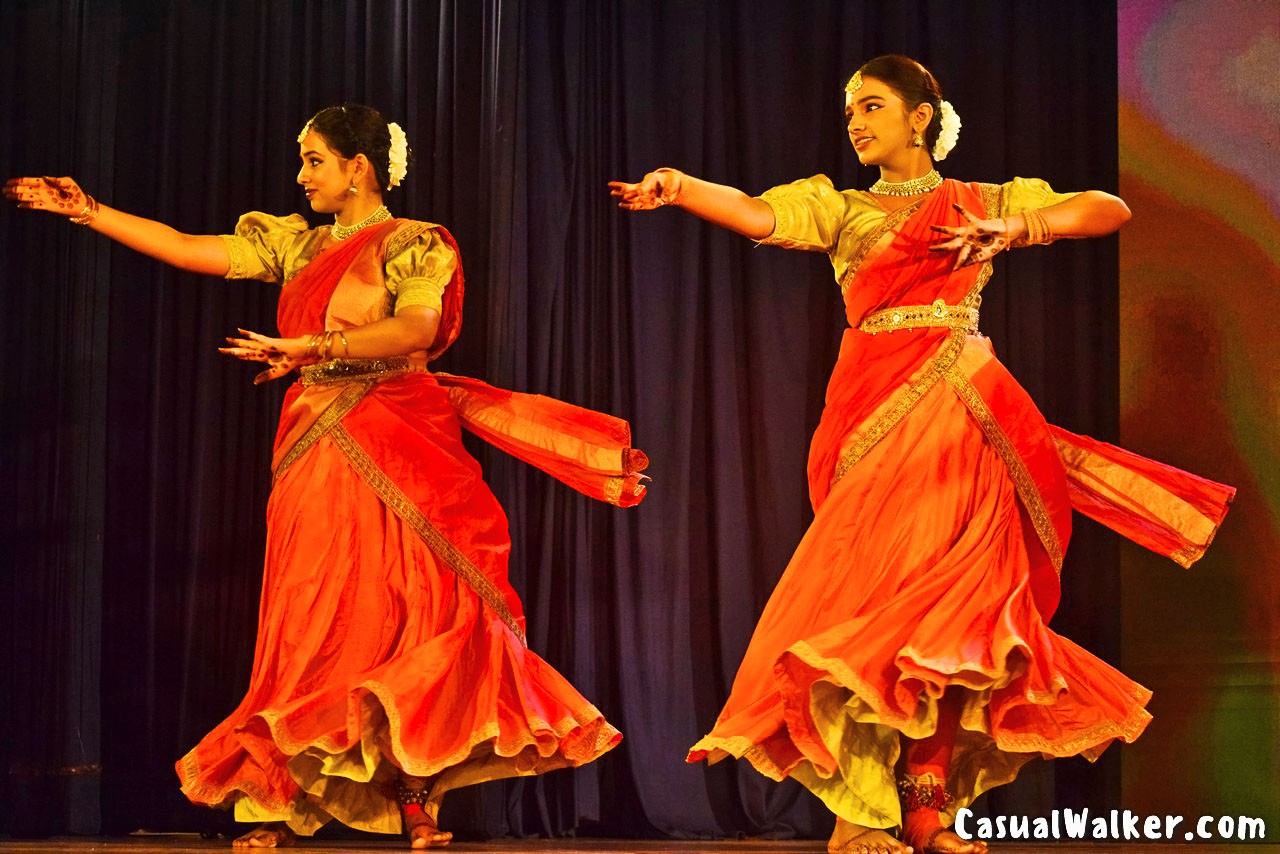
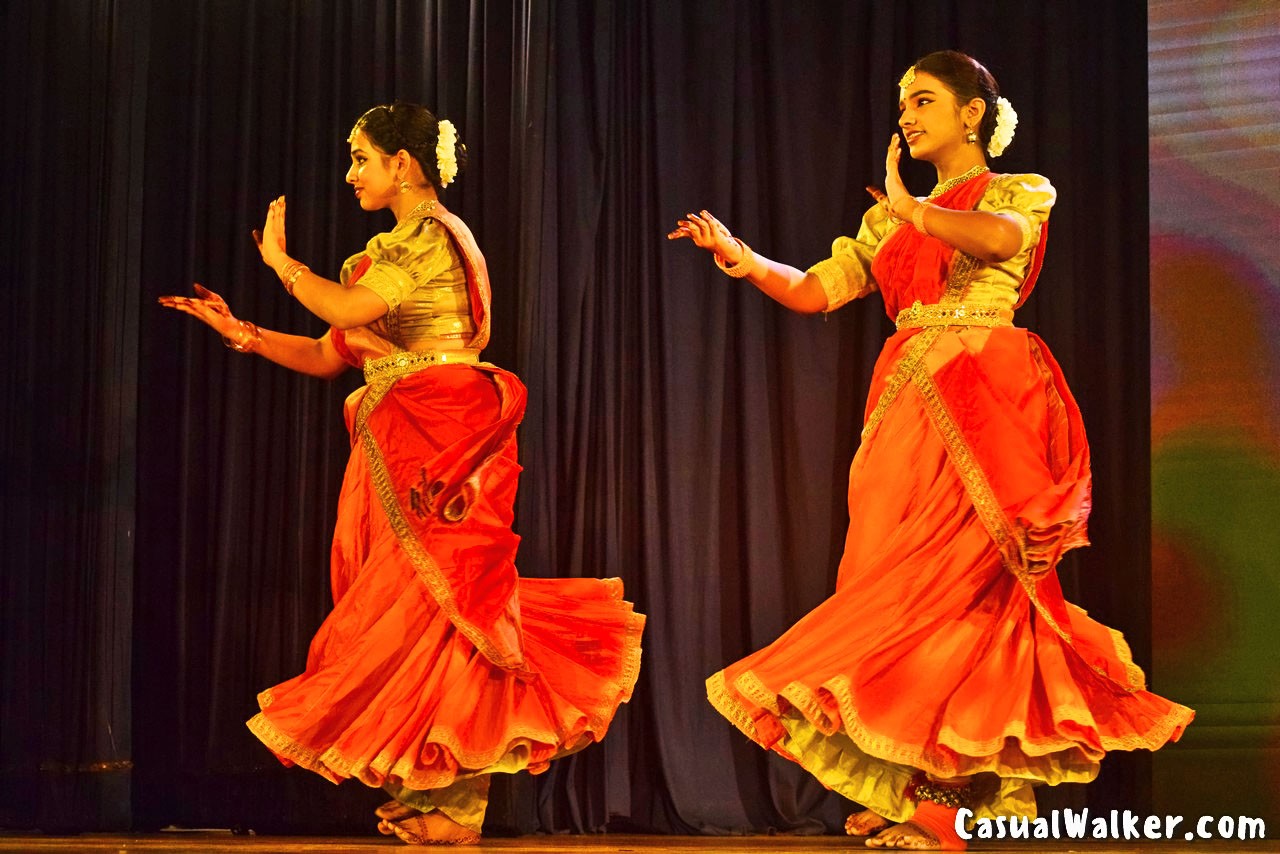
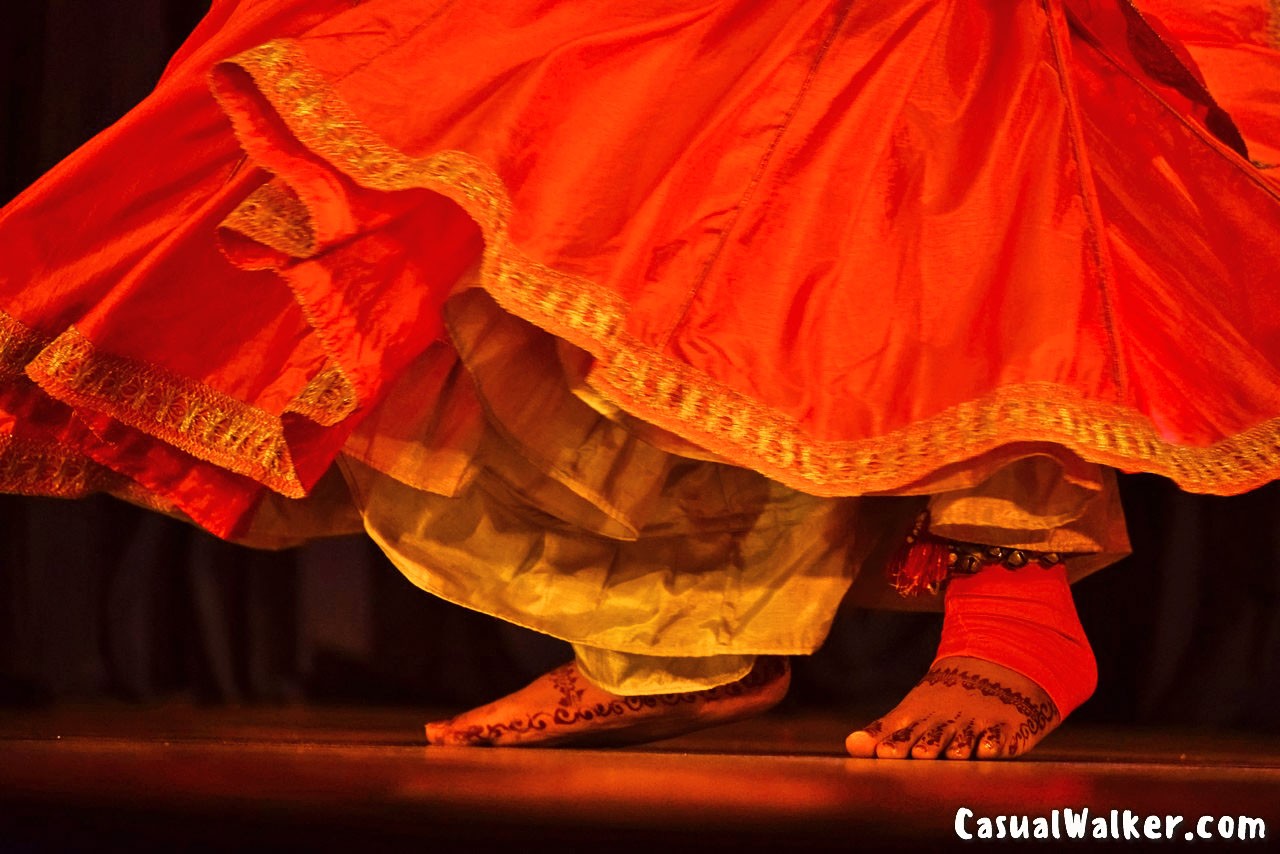
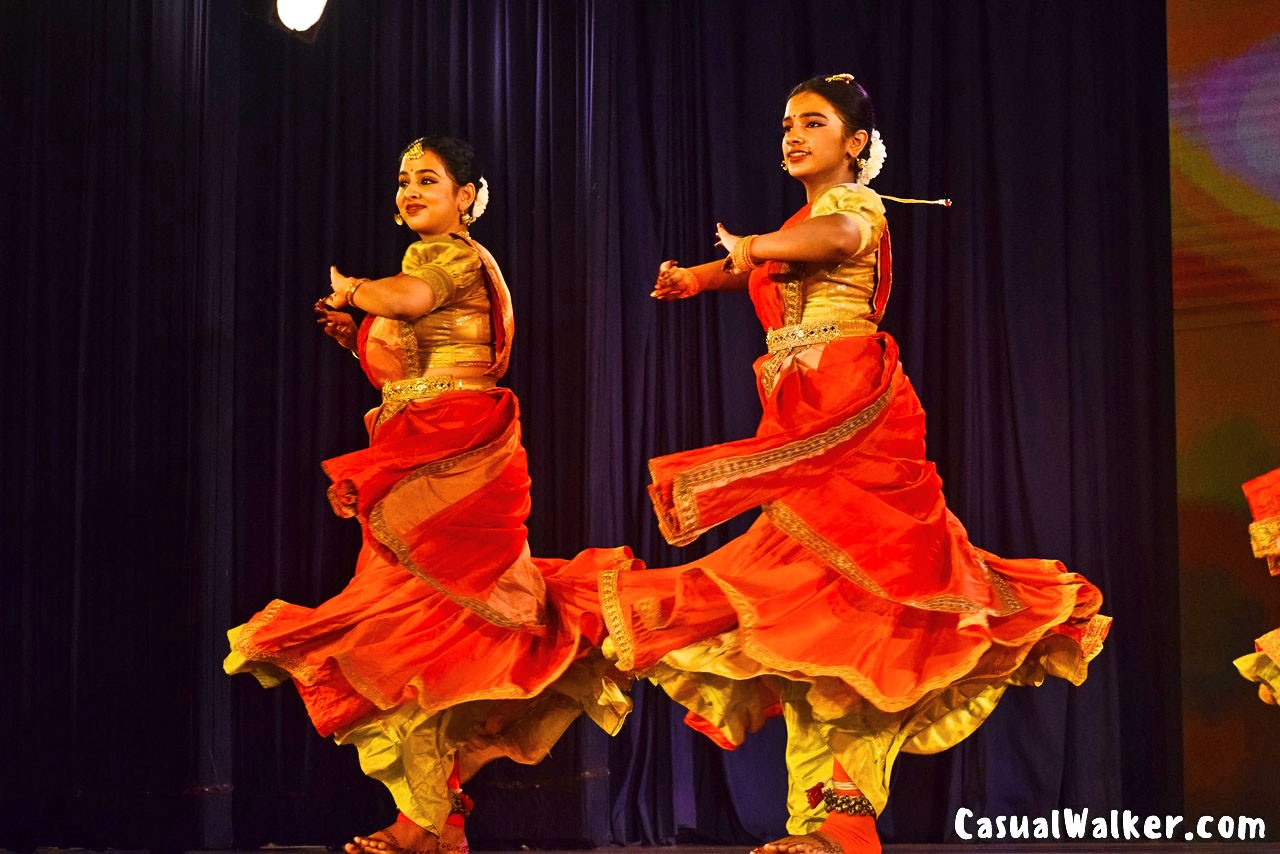
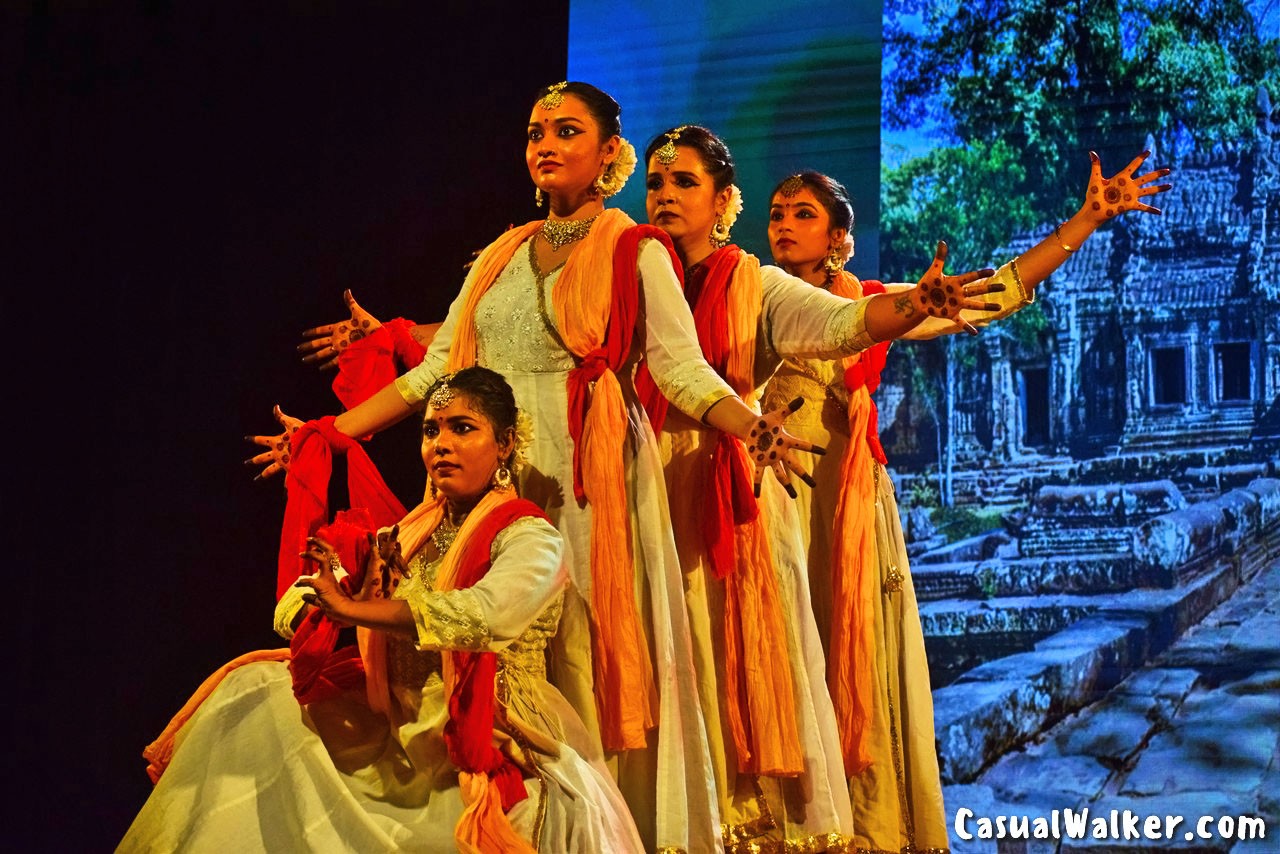
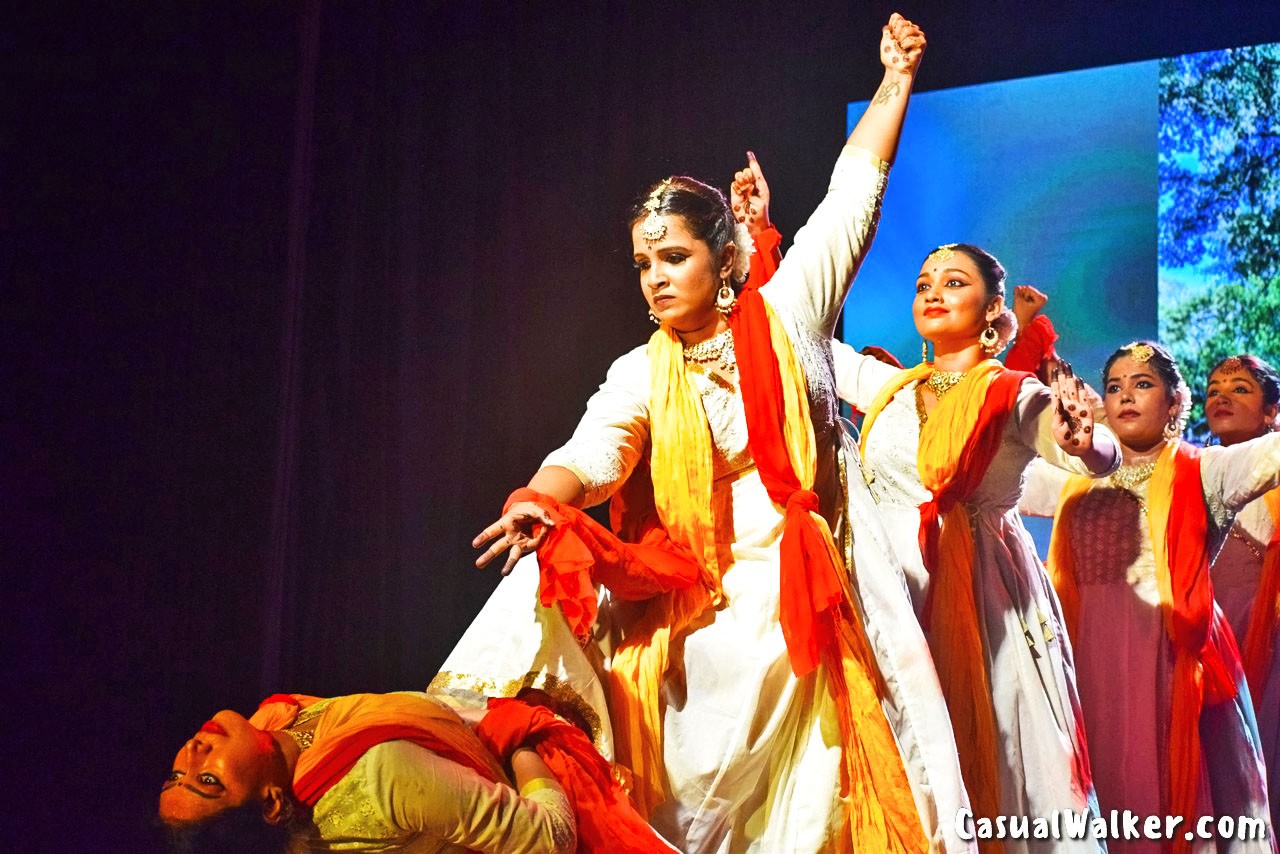
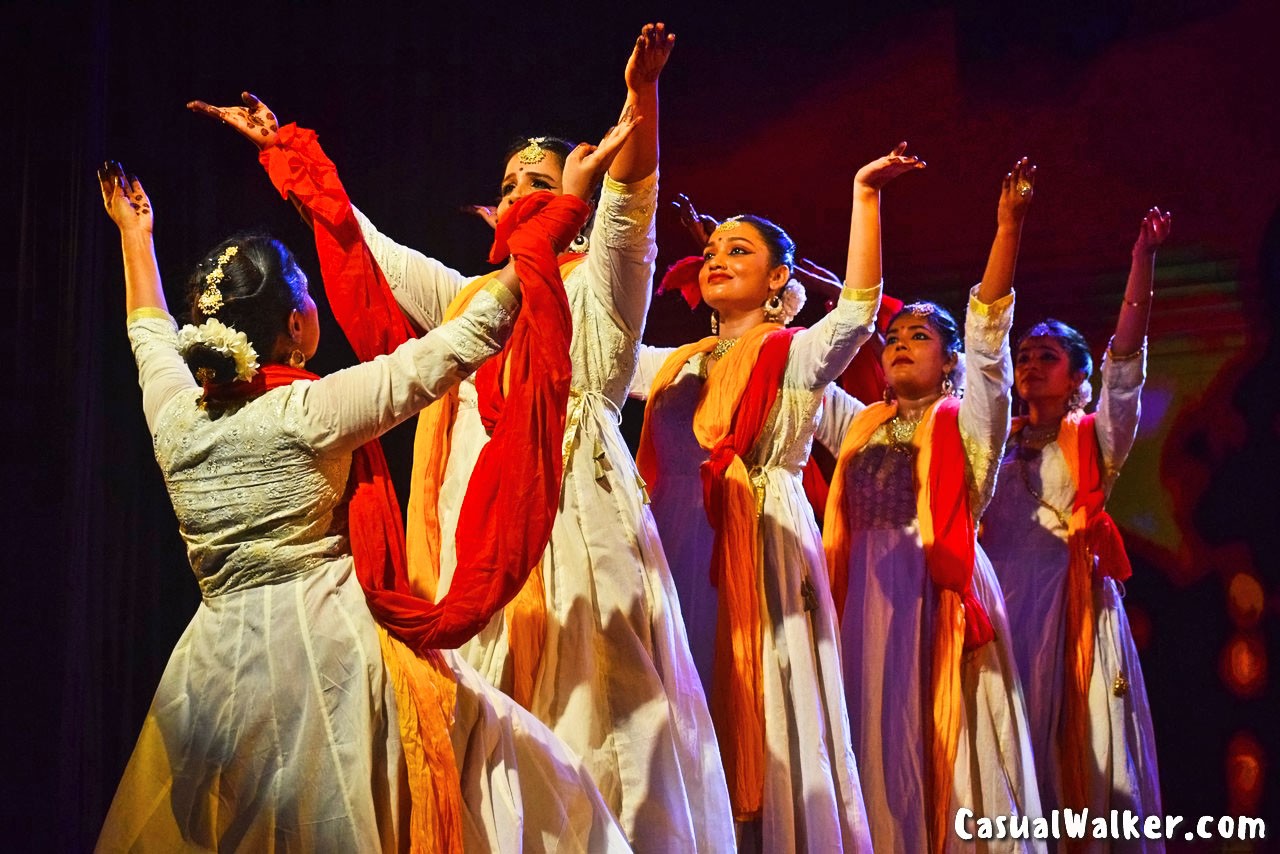
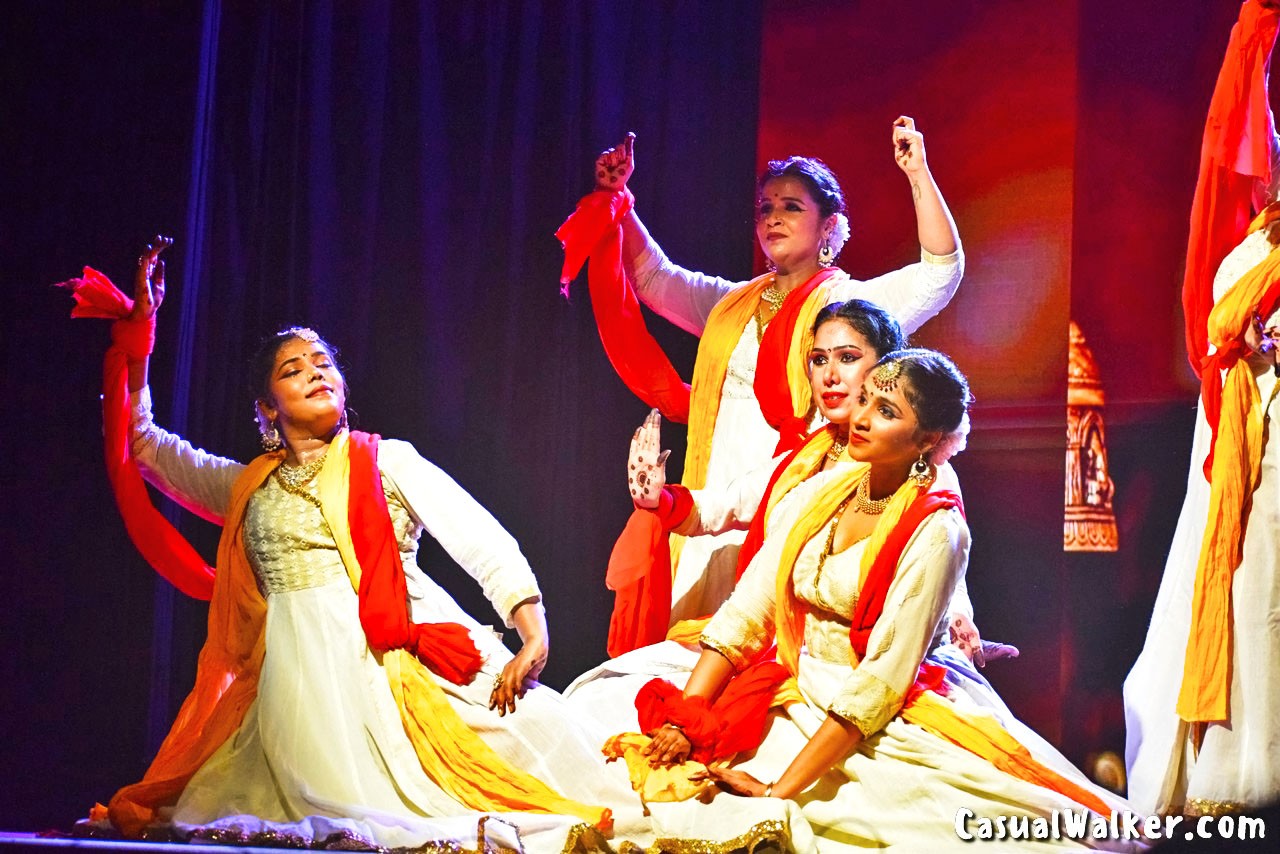
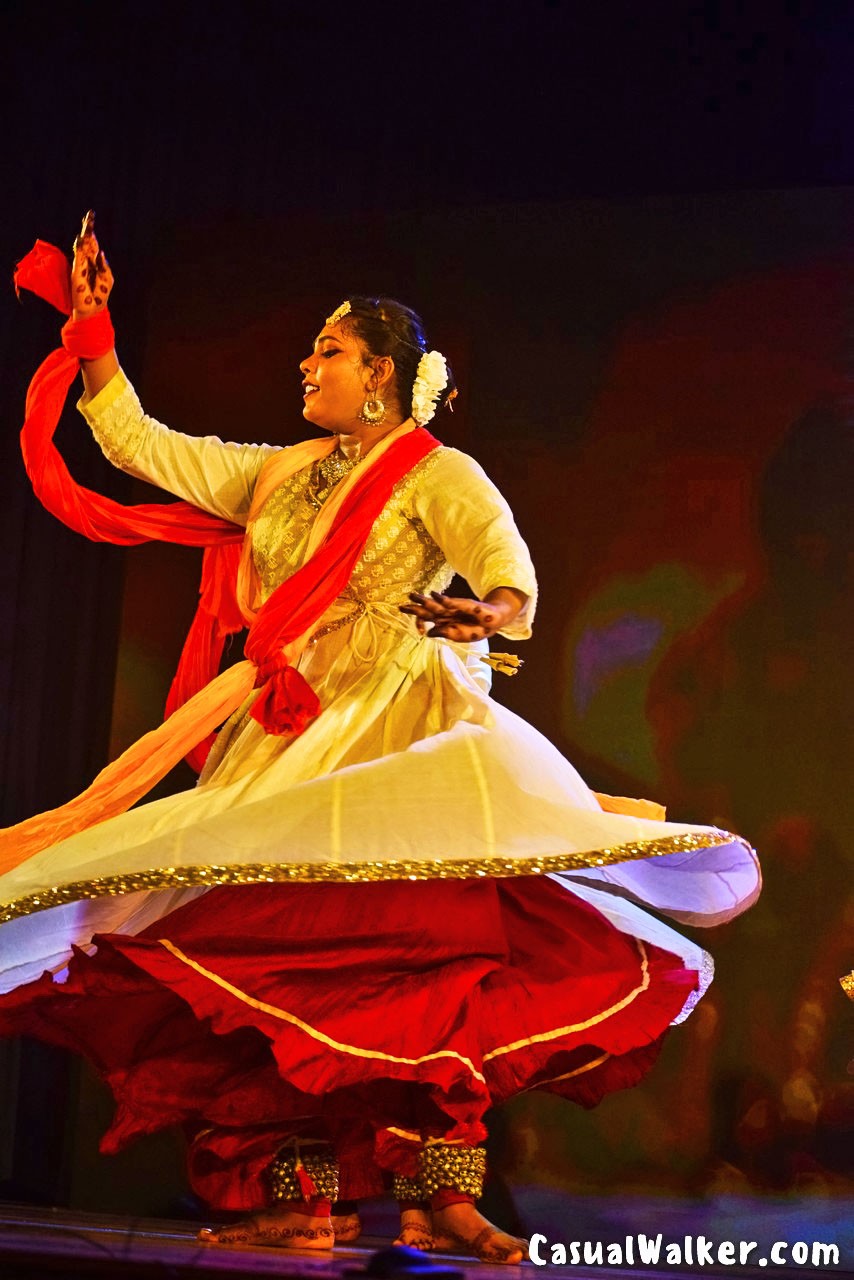
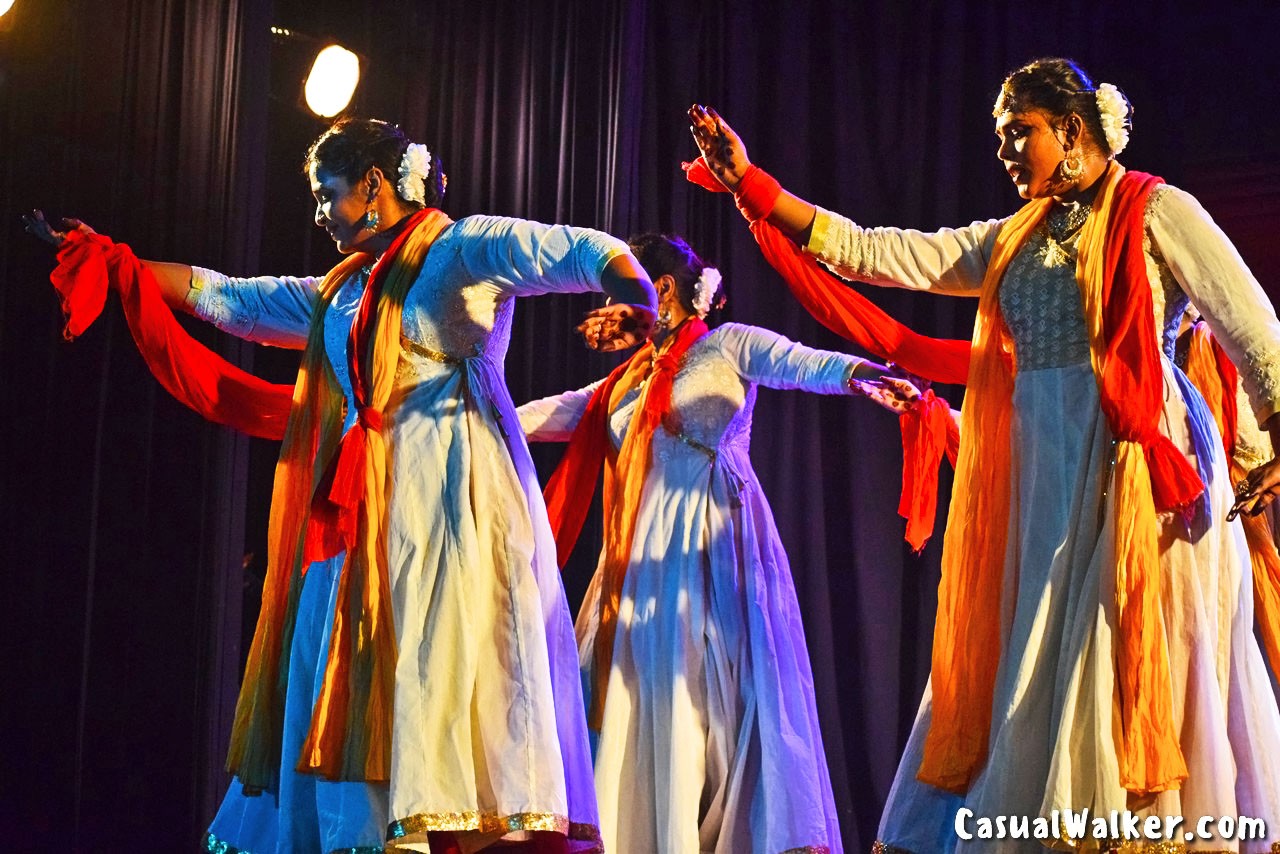
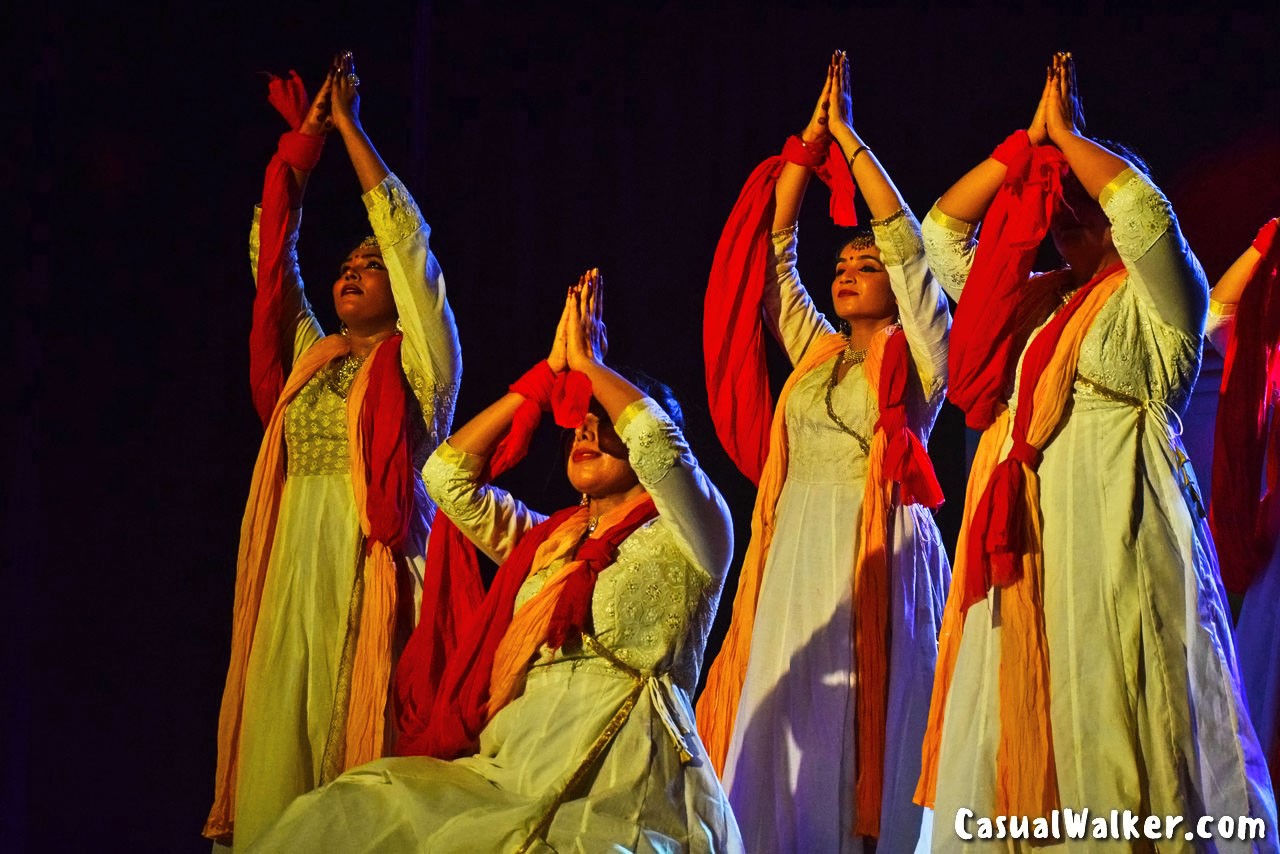
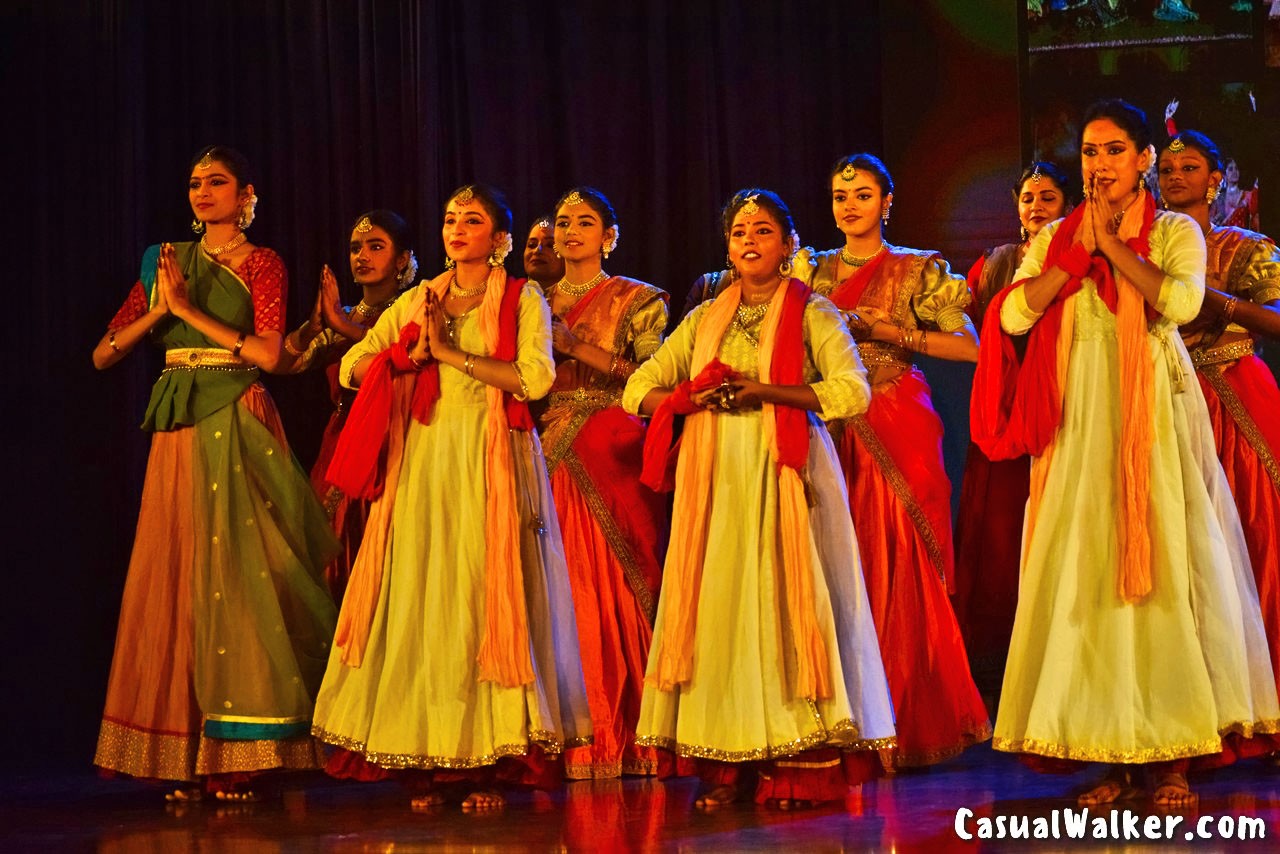
Also, check our Similar Photo Stories on Dance & Culture :
Koothu Kottaai – Grand Folk Arts Show Of Tamil Nadu (Part 1)
 

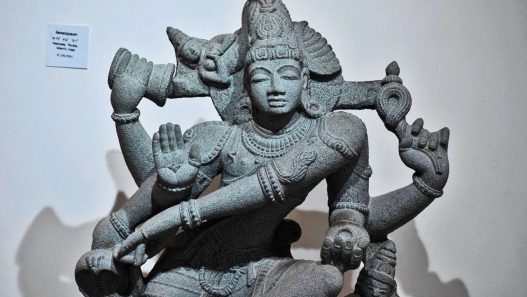

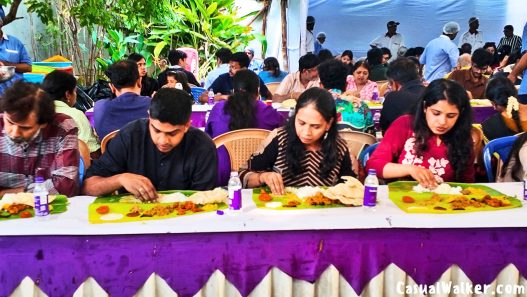

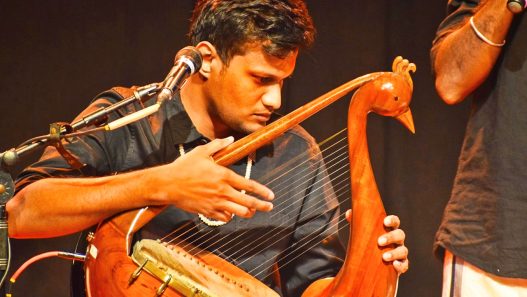

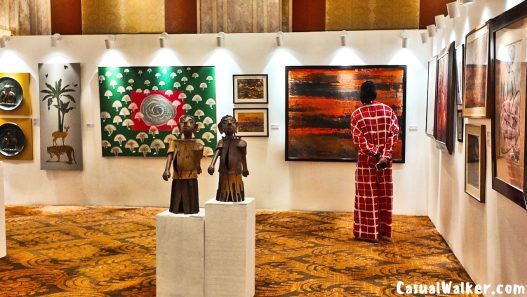
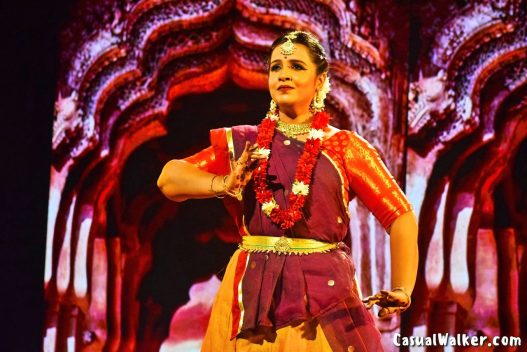

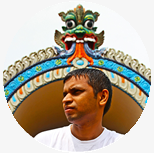


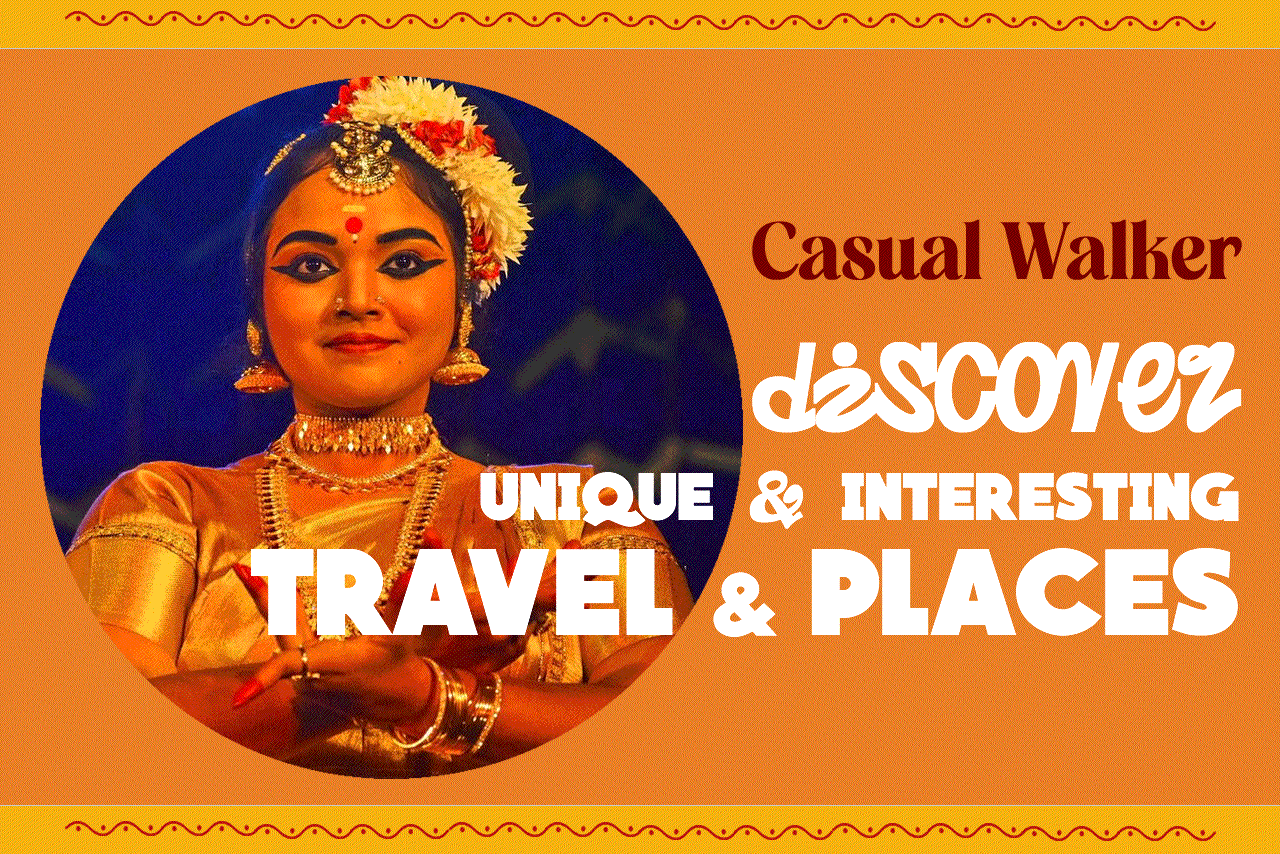











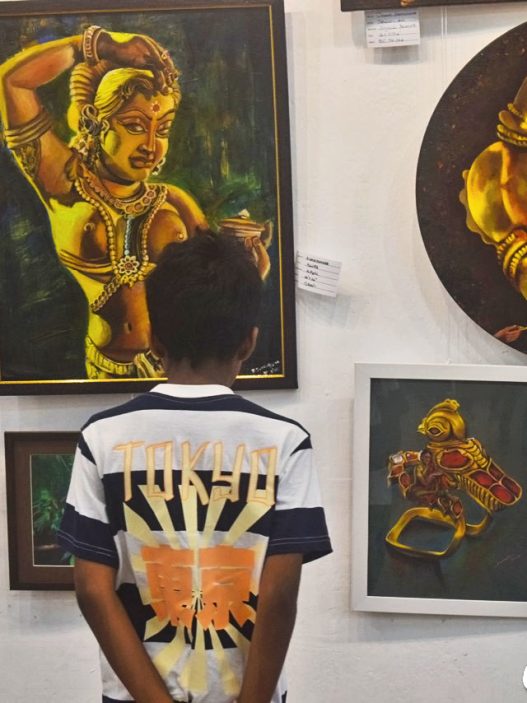
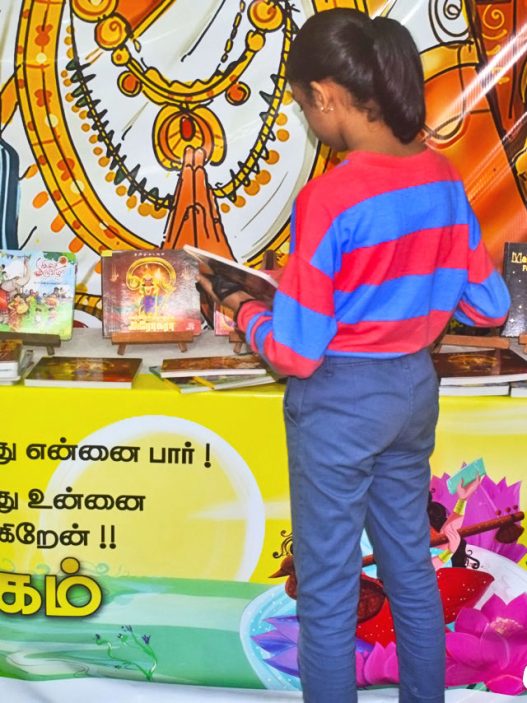
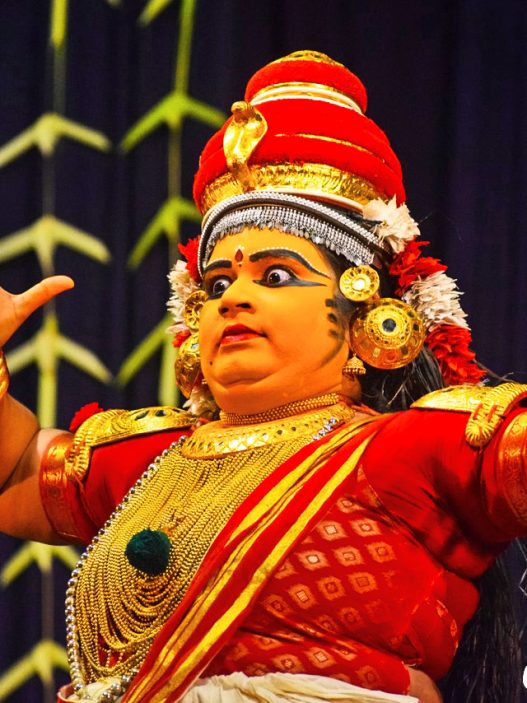
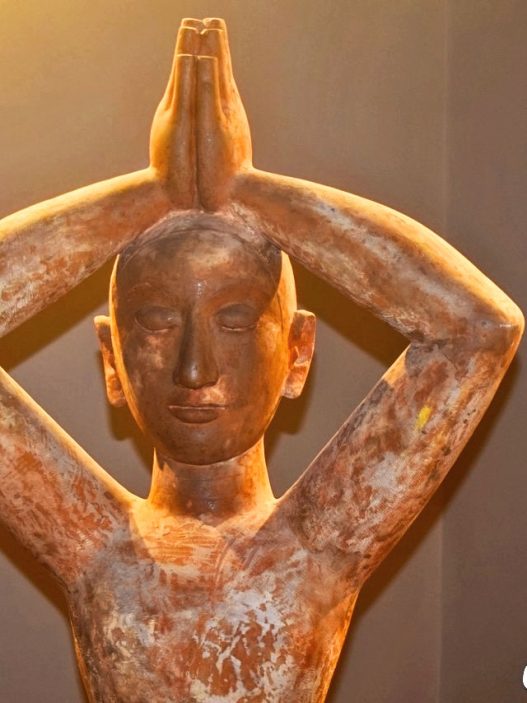

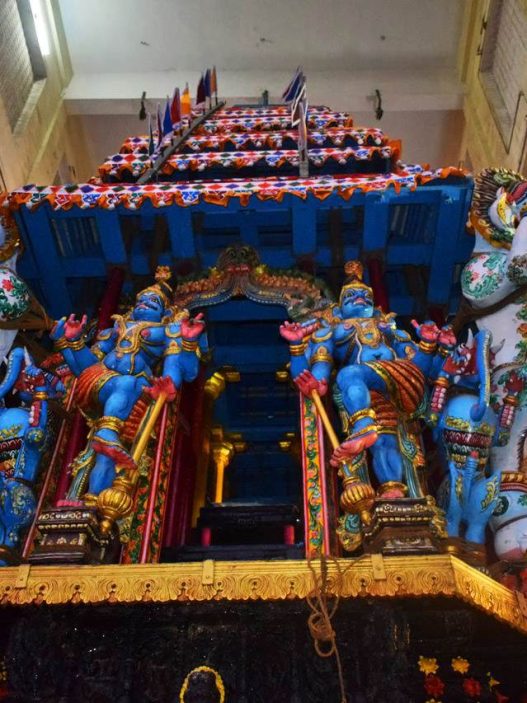
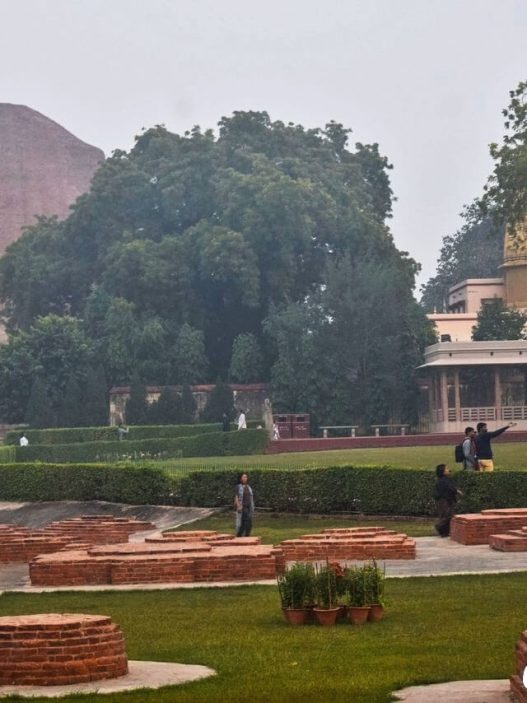
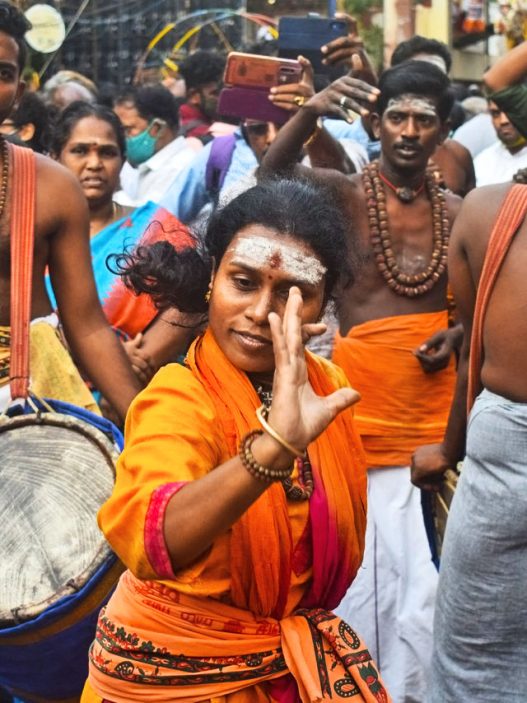
Some really wonderful blog posts on this site, thanks for contribution.
lhcs6g
Very good visual appeal on this web site, I’d rate it 10 10.
I am glad to be a visitant of this complete site! , appreciate it for this rare info ! .
I am continually looking online for ideas that can help me. Thank you!
Just wanna remark that you have a very decent site, I love the design it really stands out.
Hi, Neat post. There’s a problem together with your website in internet explorer, might test this… IE nonetheless is the market leader and a good component of other people will miss your wonderful writing because of this problem.
Can I just say what a relief to find someone who actually knows what theyre talking about on the internet. You definitely know how to bring an issue to light and make it important. More people need to read this and understand this side of the story. I cant believe youre not more popular because you definitely have the gift.
Very interesting details you have remarked, appreciate it for posting. “‘Tis an ill wind that blows no minds.” by Malaclypse the Younger.
I don’t commonly comment but I gotta state thanks for the post on this amazing one : D.
As I site possessor I believe the content material here is rattling great , appreciate it for your hard work. You should keep it up forever! Good Luck.
Nice read, I just passed this onto a friend who was doing a little research on that. And he actually bought me lunch since I found it for him smile Therefore let me rephrase that: Thanks for lunch! “To be 70 years young is sometimes far more cheerful and hopeful than to be 40 years old.” by Oliver Wendell Holmes.
Hello There. I found your blog using msn. This is a very well written article. I will be sure to bookmark it and come back to read more of your useful information. Thanks for the post. I will certainly return.
Excellent web site. A lot of helpful info here. I am sending it to several buddies ans additionally sharing in delicious. And naturally, thanks on your sweat!
you’re really a good webmaster. The site loading speed is amazing. It seems that you are doing any unique trick. Moreover, The contents are masterpiece. you have done a great job on this topic!
Jilibet Casino login time! Let’s get ready to rumble! Hope the luck’s on my side tonight! Let’s get the ball rolling jilibetcasinologin.
https://t.me/dragon_money_mani/27
I was studying some of your content on this site and I believe this internet site is rattling instructive! Keep on posting.
I’ve recently started a site, the info you provide on this site has helped me tremendously. Thank you for all of your time & work. “If you would know strength and patience, welcome the company of trees.” by Hal Borland.
Ich bin jedoch der Meinung, dass 30bet von meiner Spielsucht wusste und eine Registrierung sowie Einzahlung unterbinden sollte.
Nein, als ich mich beim Schwestercasino 30 Bet Casino registrierte, hatte noch keine KYC- Verifizierung stattgefunden. Ich bin von einem
Schwestercasino des 30 Bet Casinos , dem Manga Casino, ausgeschlossen.
Mit über 4.000 Spielautomaten, traditionellen Casinospiele, Live-Casino-Optionen und Sportwetten bietet das
Casino eine breite Palette von Optionen für Spieler aller Vorlieben und Interessen.
Zu diesem Bonus erhalten Casinofreunde weitere
50 Freispiele für den Slot Big Bass Bonanza. Diese Kombination aus Bonusgeld und Freispielen erlaubt
den Spielern, ihre Lieblingsspiele zu erkunden und potenziell große Gewinne
zu erzielen.
50 Freispiele ohne Einzahlung + 100% Bonus bis zu 300€ + 100 Freispiele Aus 3 Willkommensboni
konnten Spieler auswählen. Es gab Slots, Tischspiele, Sofortspiele
und Live-Spiele, sodass für alle Spielertypen etwas dabei war.
Die E-Mail-Adresse lautete [email protected]. Im Normalfall dauerte es maximal 3 Werktage,
bis der Geldbetrag gutgeschrieben war.
References:
https://online-spielhallen.de/online-casino-bonus-november-2025-top-angebote/
I am impressed with this site, very I am a big fan .
Hey there,
Ever dreamed of speaking with locals like a native?
Now you can — without spending years learning languages.
Meet Qinux Talkbuds, the smart earbuds that instantly translates your conversations in real time.
Here’s what makes them a must-have for professionals:
– Instantly understand and be understood anywhere
– Perfect for remote travel spots
– Adaptable for travel, meetings, or daily use
– Noise reduction + premium stereo sound
Travelers, business professionals, and explorers are already calling these a must-have.
And right now, you can grab a pair for 50% off — but this launch deal won’t last.
Claim your Qinux Talkbuds with 50% off + free shipping now:
https://zQtdza.short.gy/last-chance-talkbuds
Say goodbye to awkward conversations and hello to barrier-free connections.
My coder is trying to persuade me to move to .net from PHP. I have always disliked the idea because of the costs. But he’s tryiong none the less. I’ve been using Movable-type on a number of websites for about a year and am worried about switching to another platform. I have heard great things about blogengine.net. Is there a way I can transfer all my wordpress content into it? Any kind of help would be greatly appreciated!
I believe you have observed some very interesting details , regards for the post.
However, it is important that you pay close attention to the moves made on your behalf.
We’ve also made it a little easier for you to determine your next move by highlighting each possible move you
can make based on the number appearing on your dice. Once you’ve familiarized yourself with the
basic rules of Backgammon, you’ll soon see that it’s a relatively easy game.
You may also find that you’re able to make decisions relating to
your move much quicker, and without needing to ask for help.
This is because you’ll know exactly what move to
make in order to beat your opponent. Remember, as with any kind of
strategy-based game, the more practiced you are, the higher the chances are of you winning.
Generally, speaking, pass, and play backgammon refers to a game of backgammon that
is played using a shared backgammon board and dice. A game of Backgammon begins with both players rolling the dice.
There is always a bit of luck involved in dice
games, but backgammon requires skill to win,
even when you get a bad dice roll. Each player has 15 checker pieces placed across the board.
If the losing player has not borne off any of their checkers by
the time the winner has won, the winner will achieve 2 points, and is
known as losing a gammon.
References:
https://blackcoin.co/mind-boggling-facts-you-didnt-know-about-online-casino-gaming/